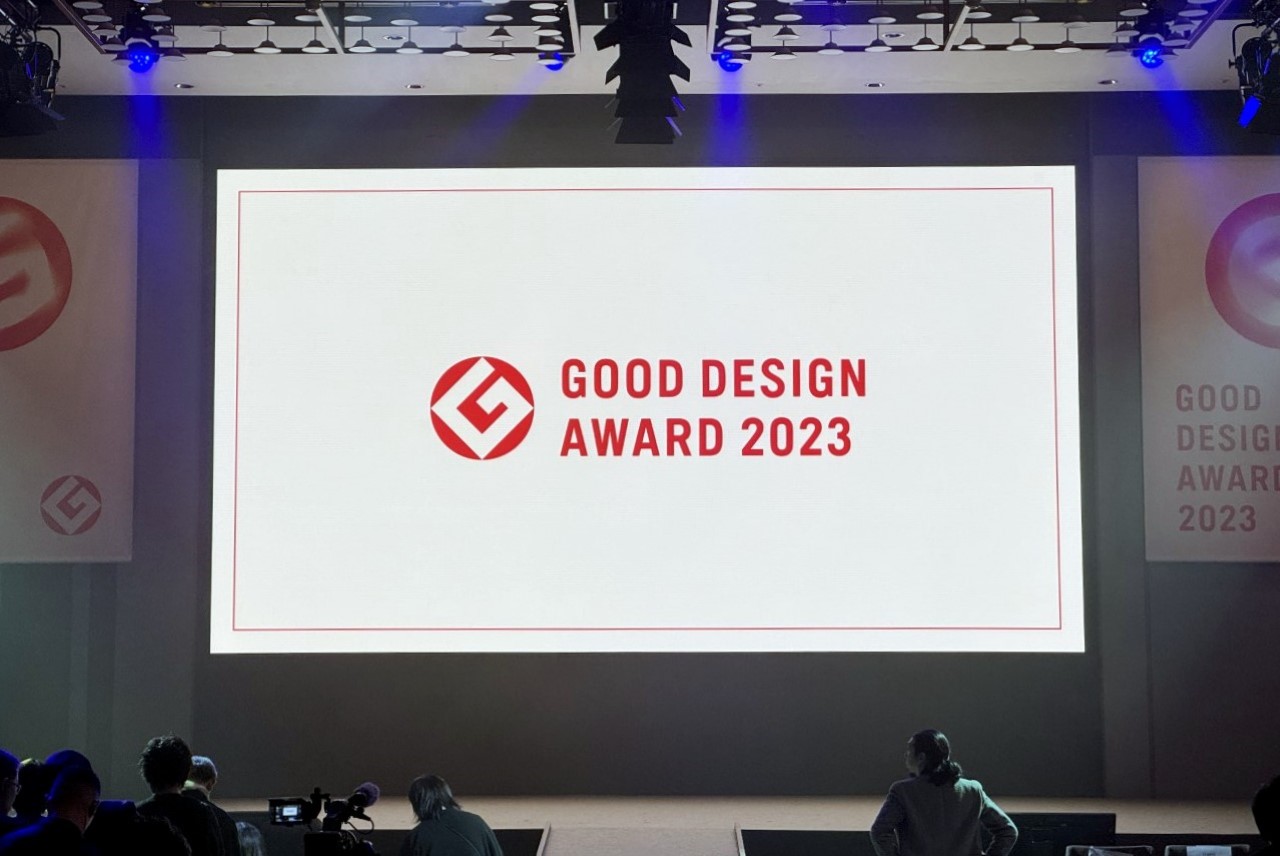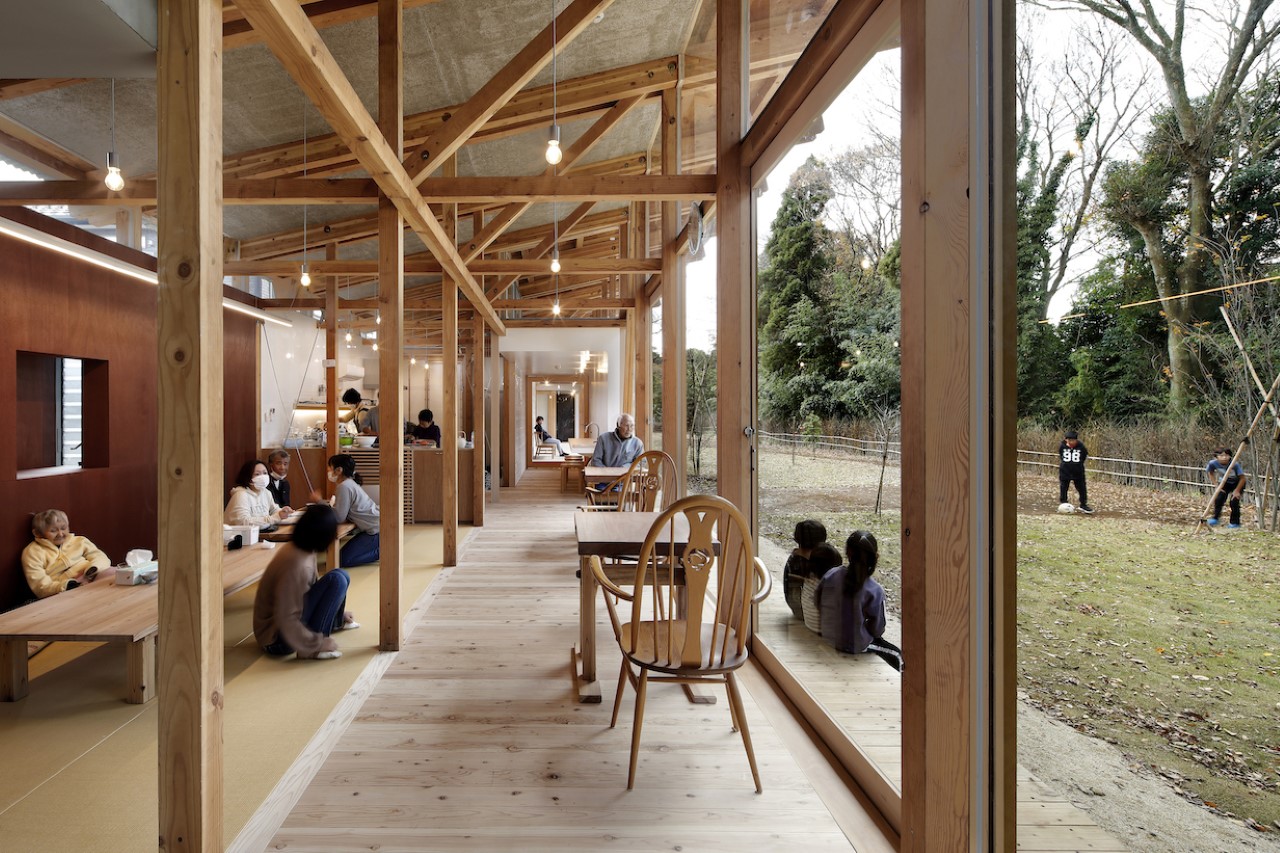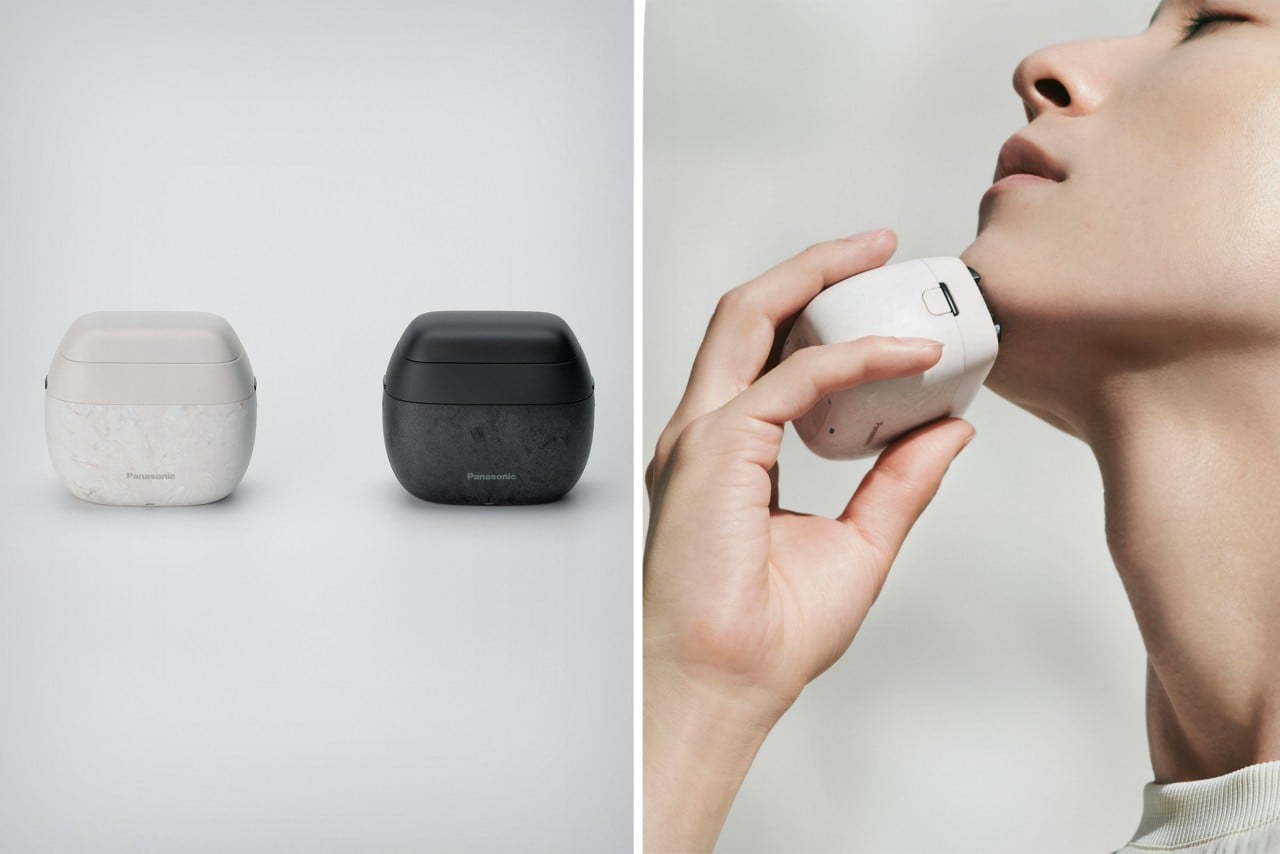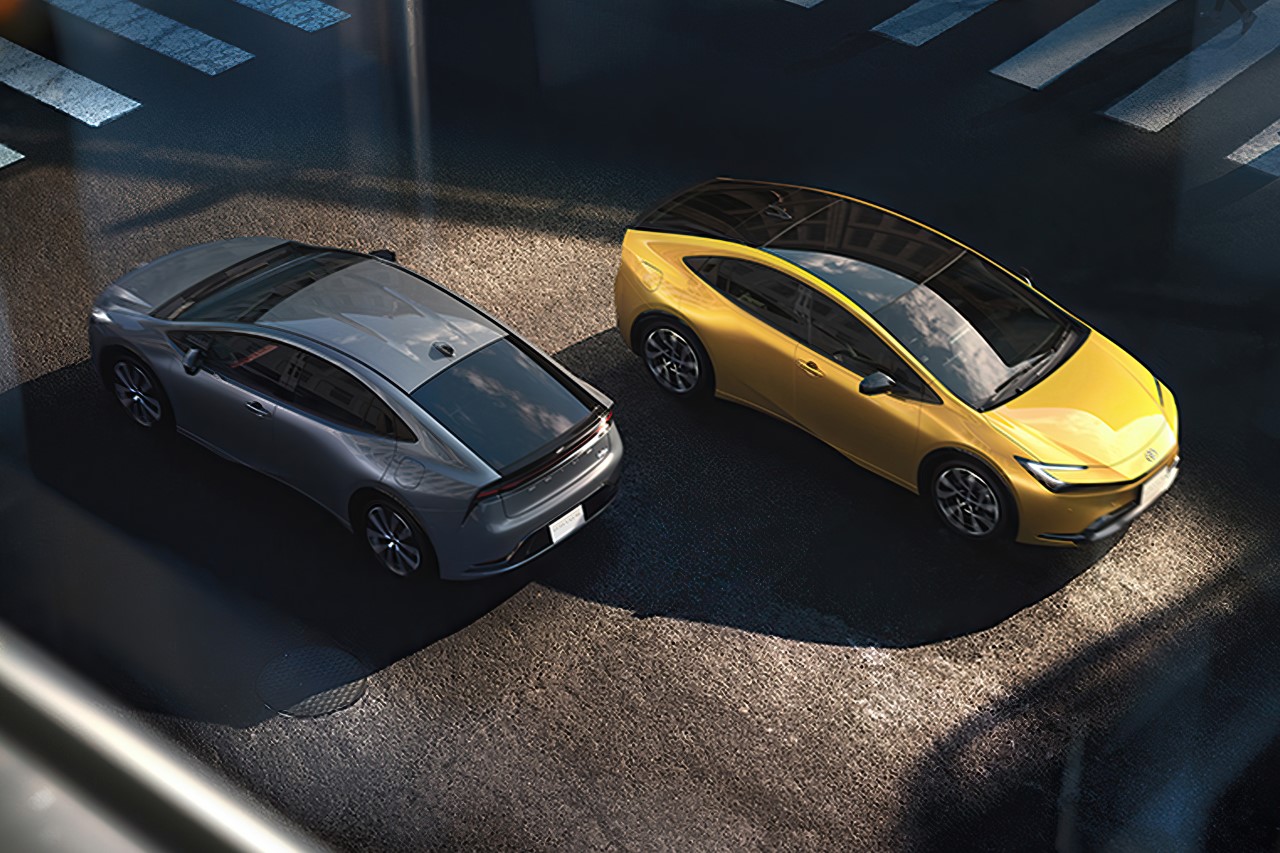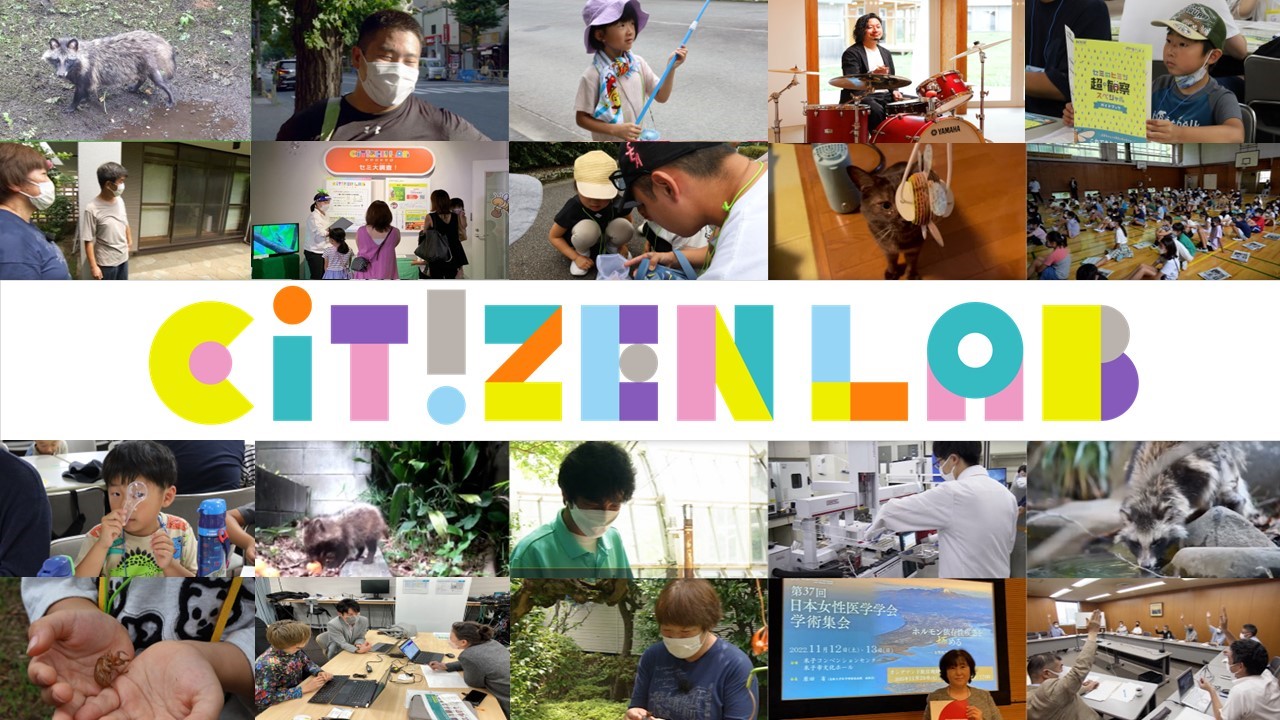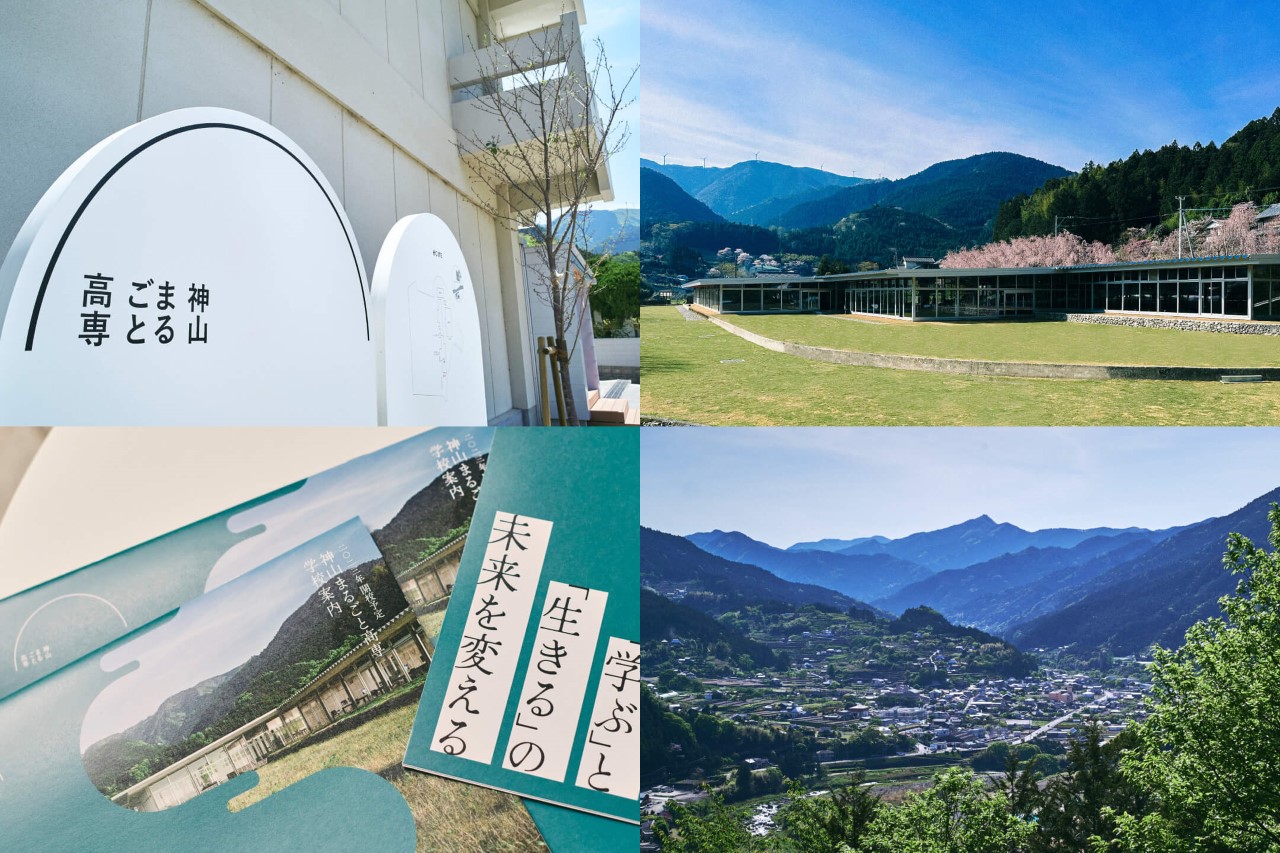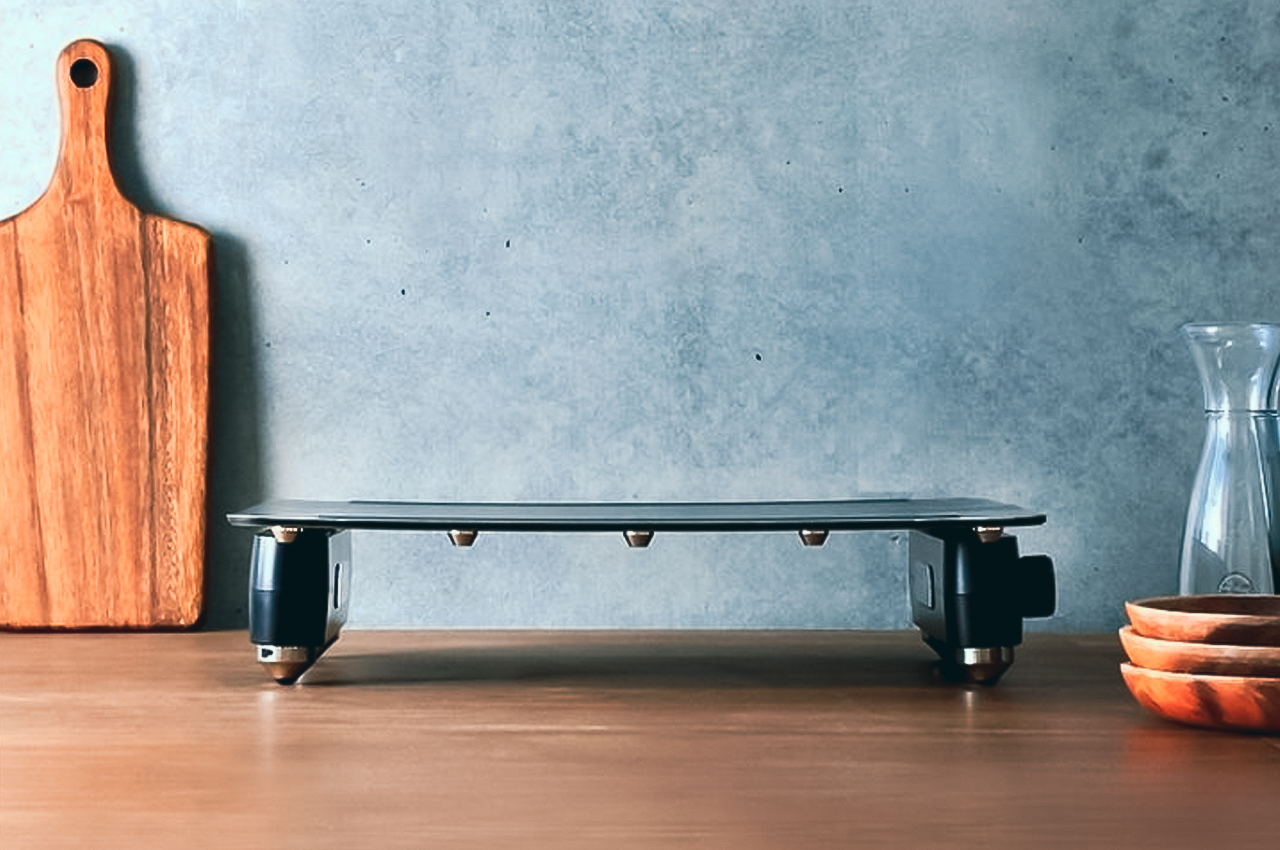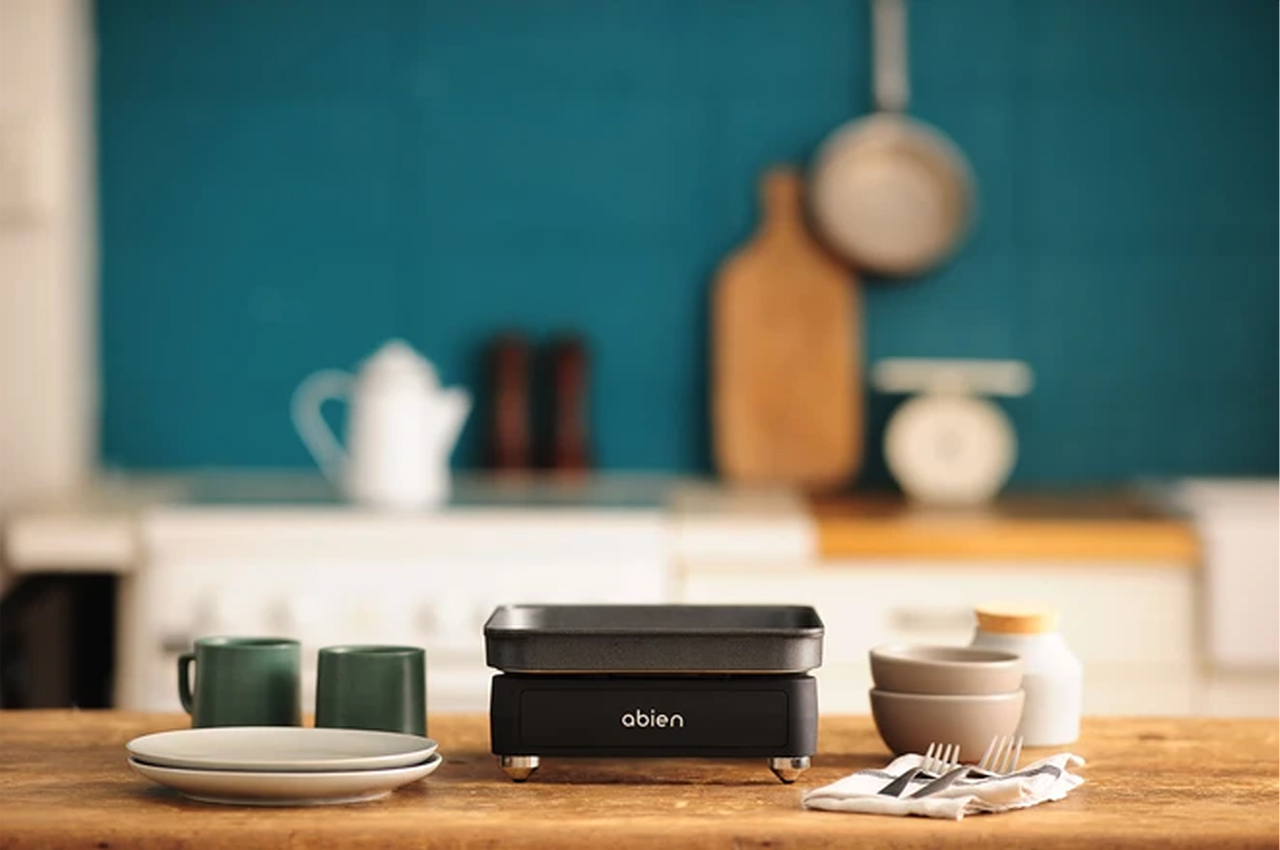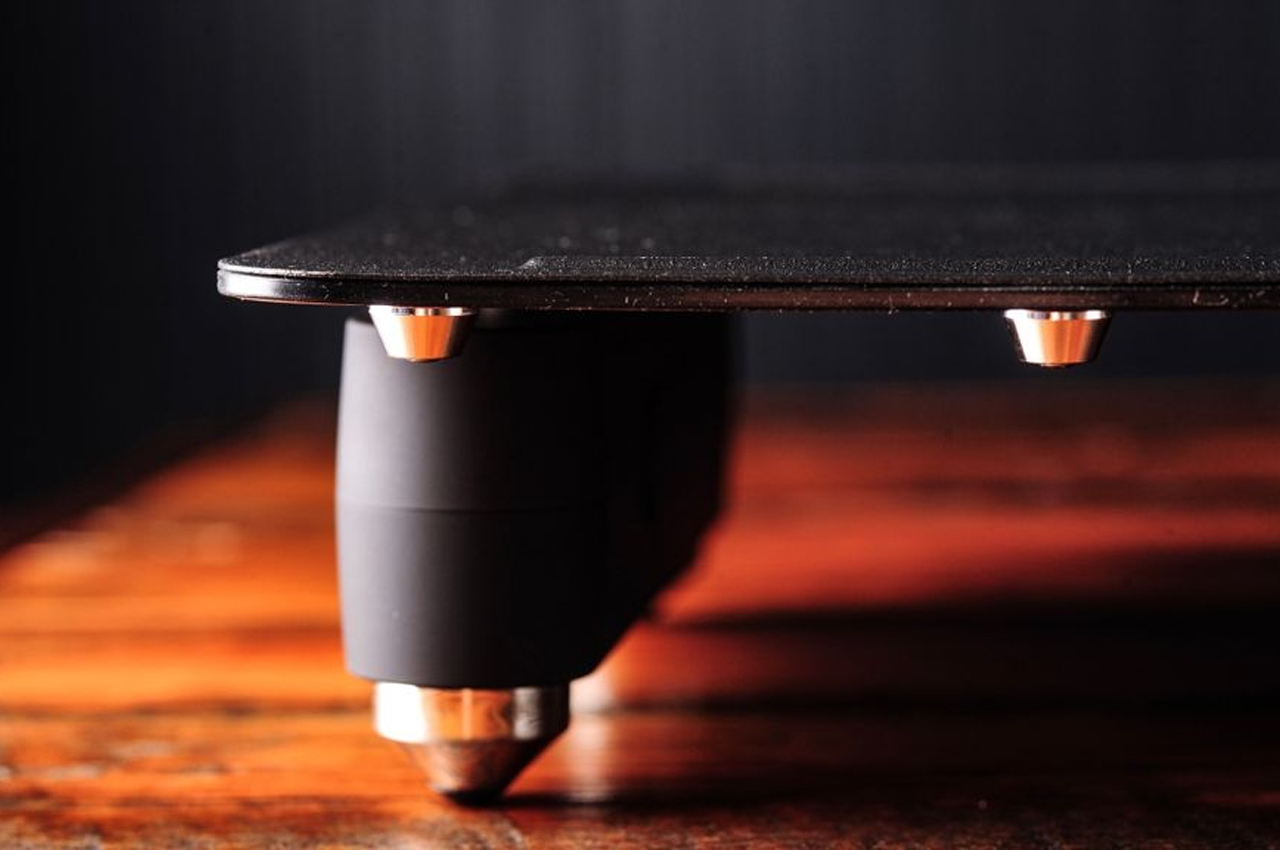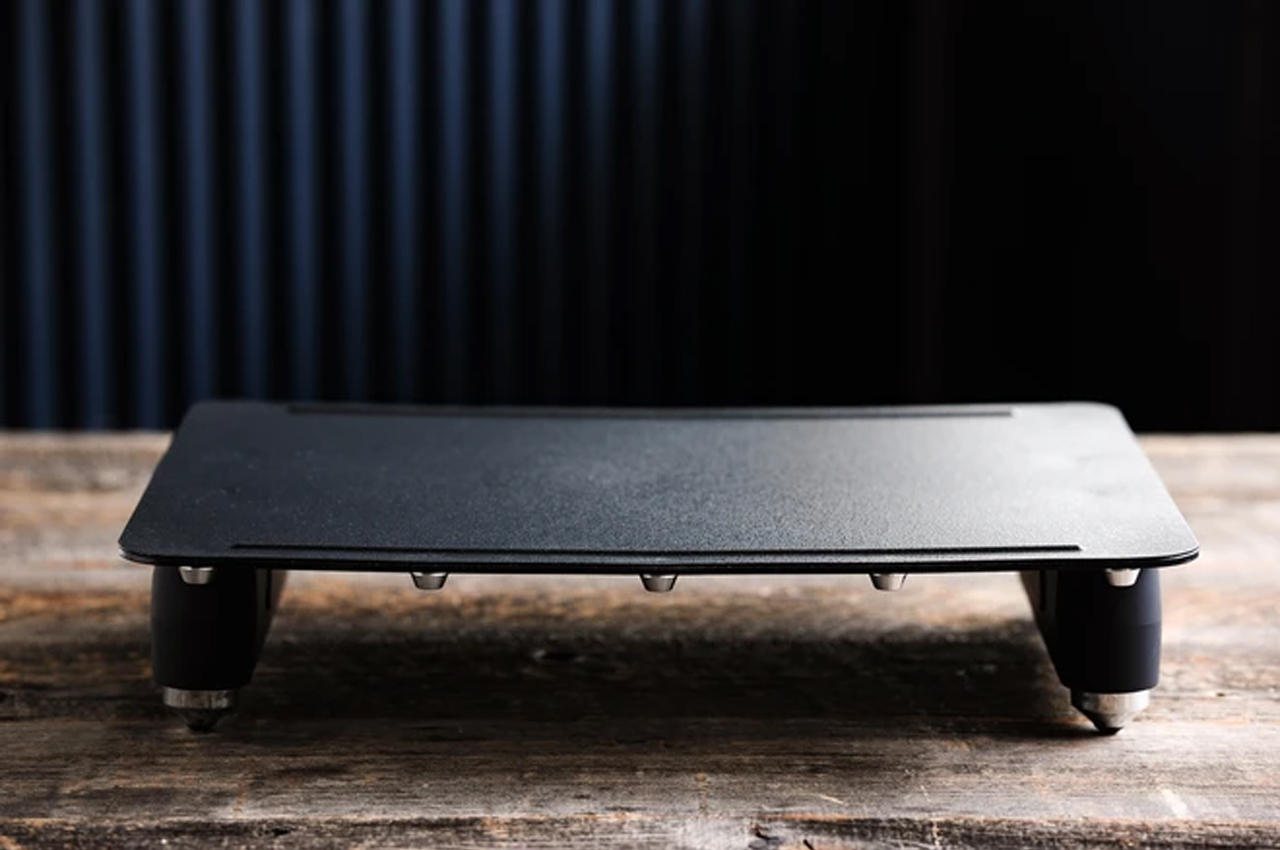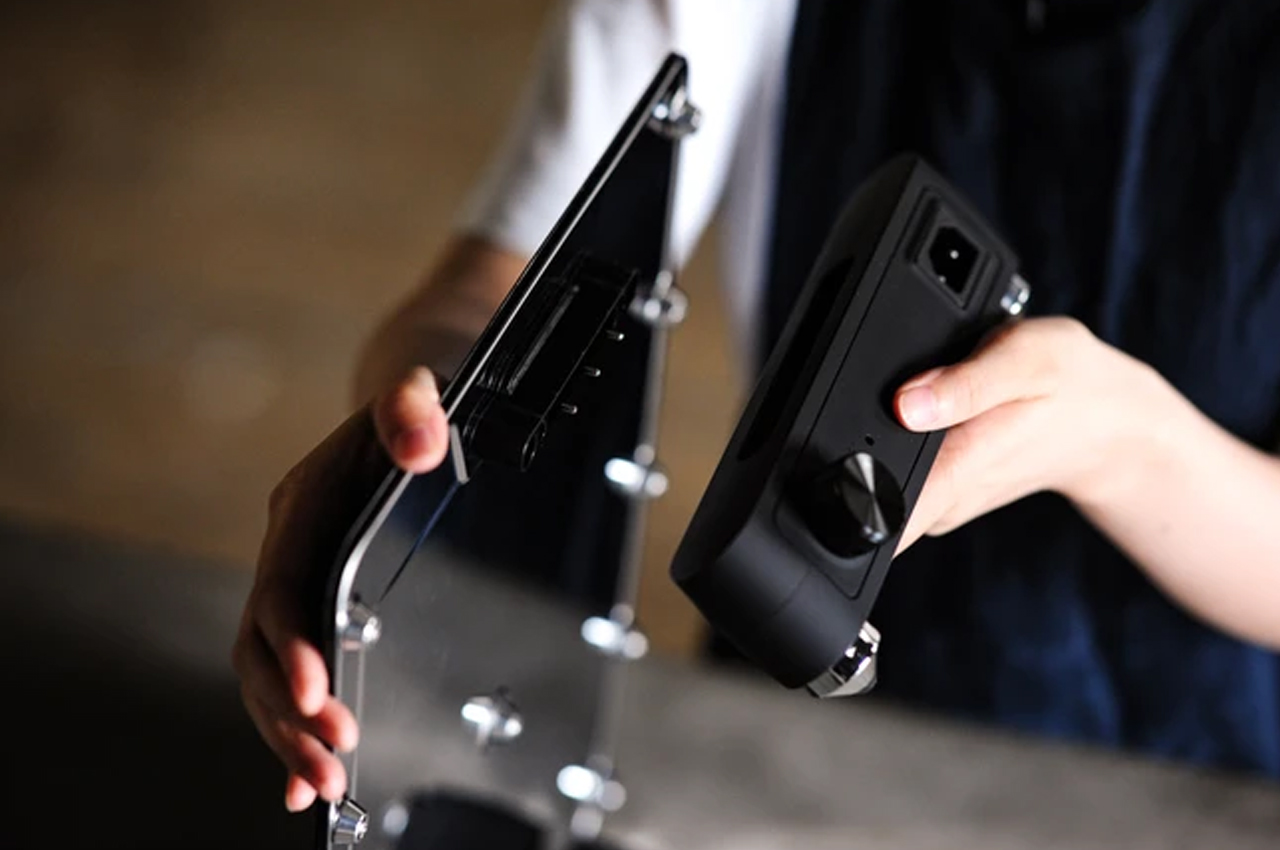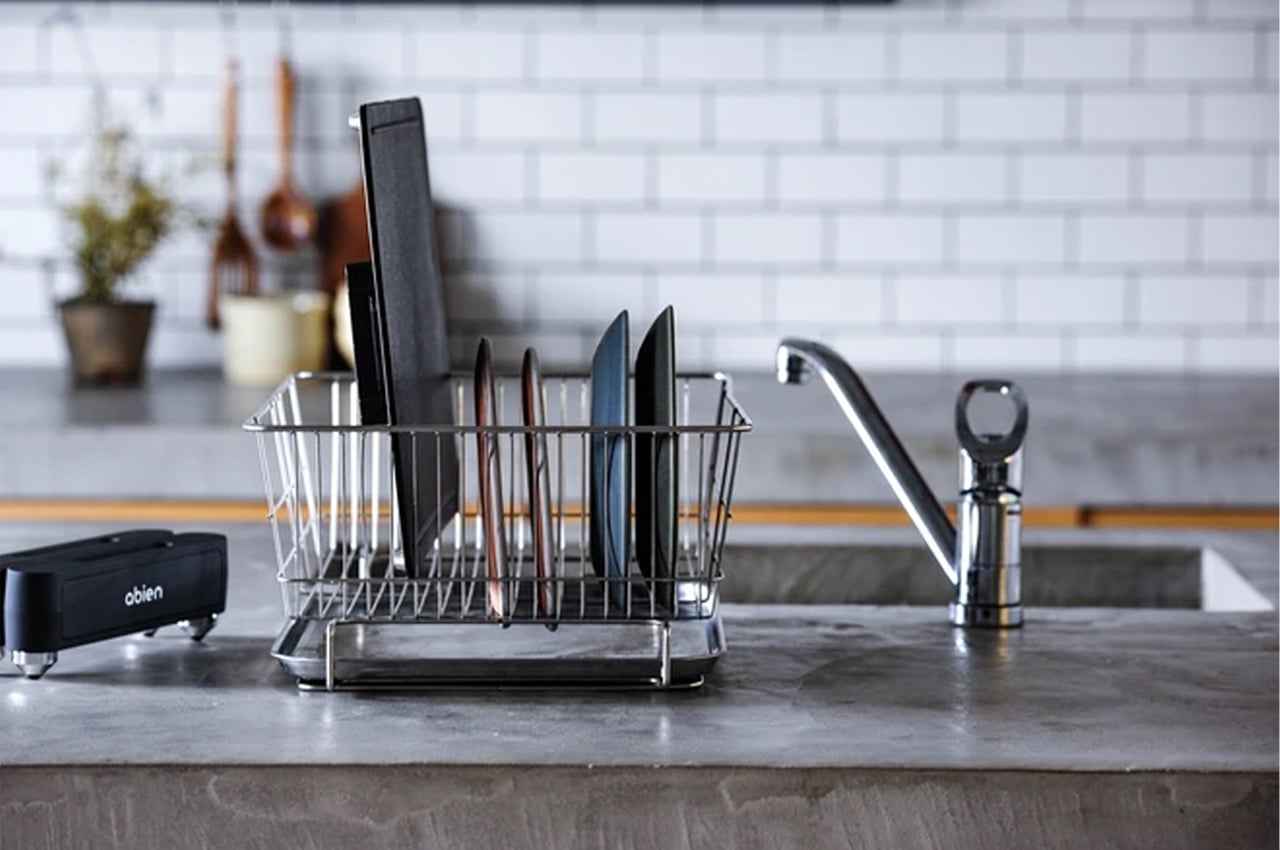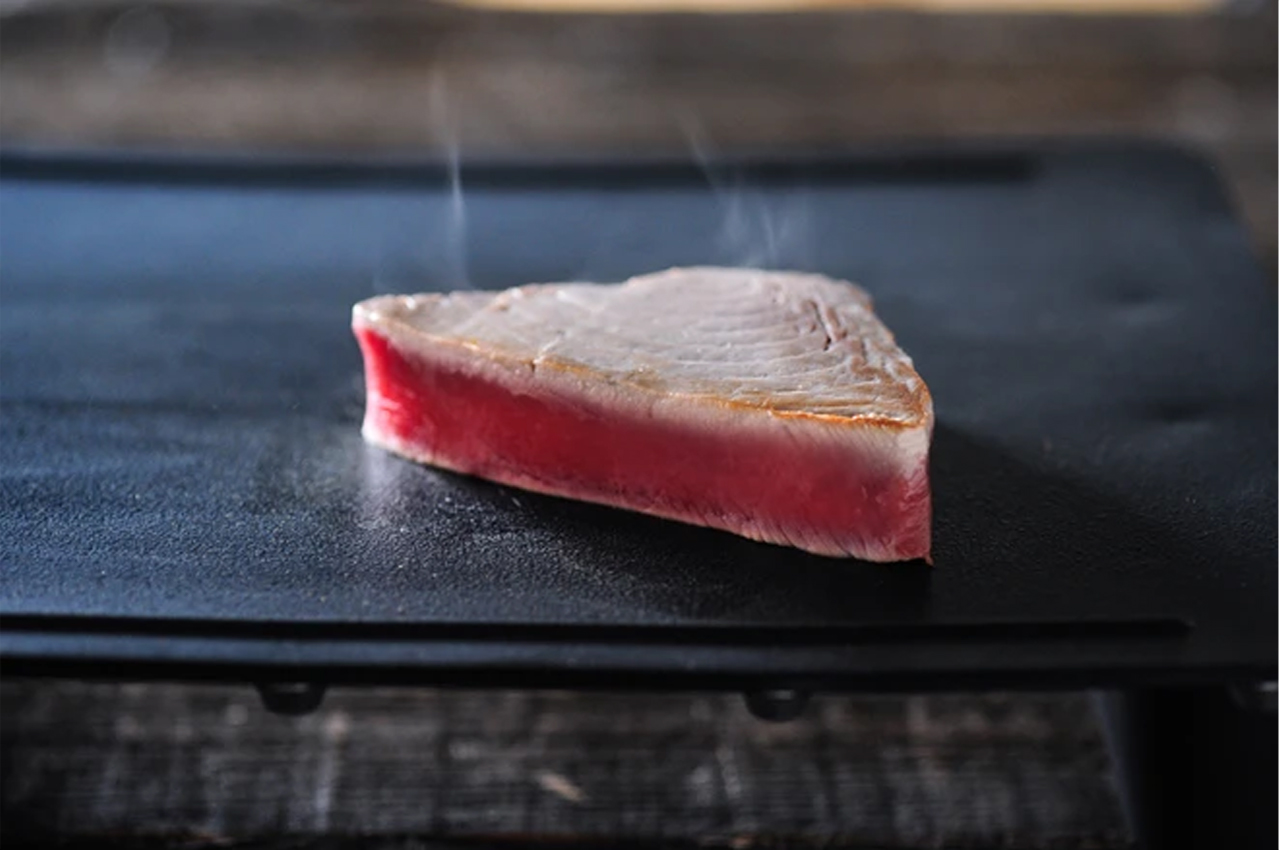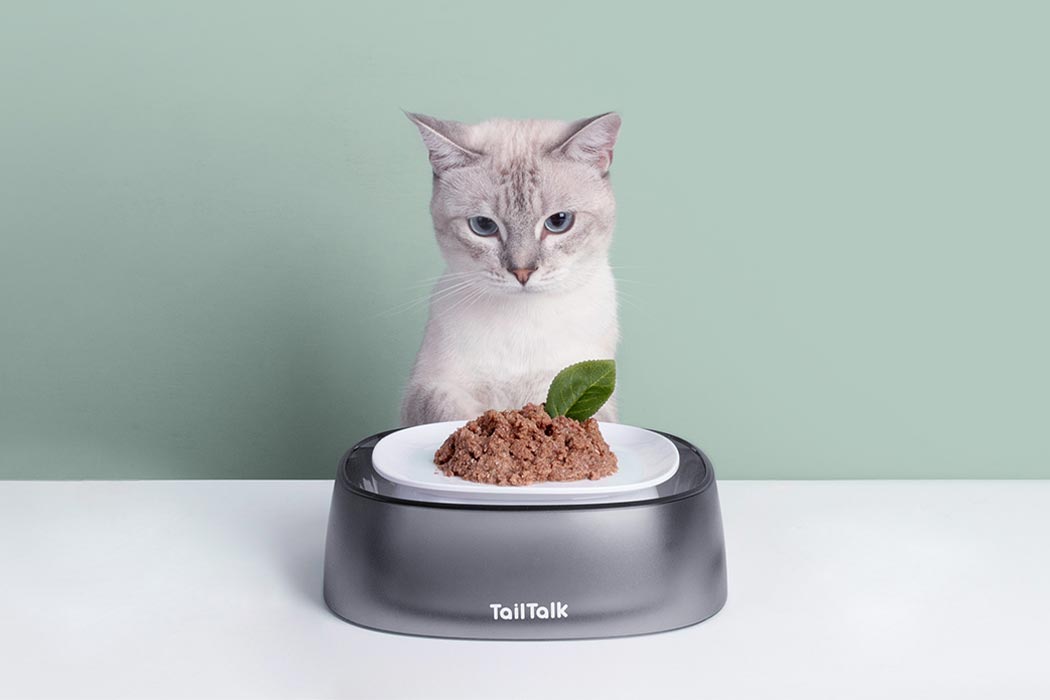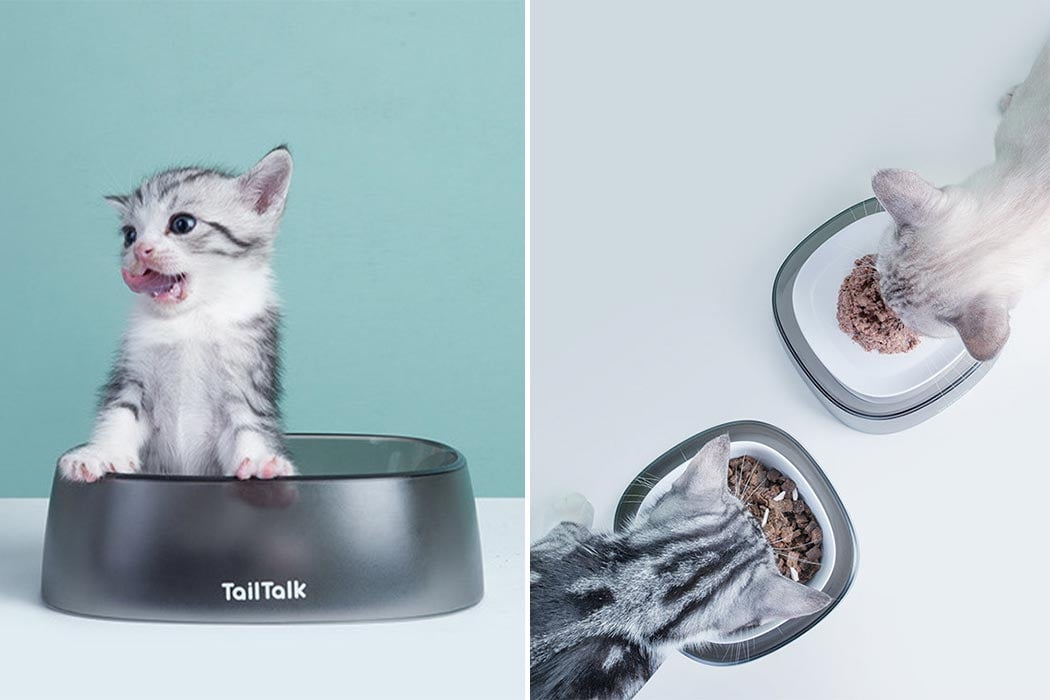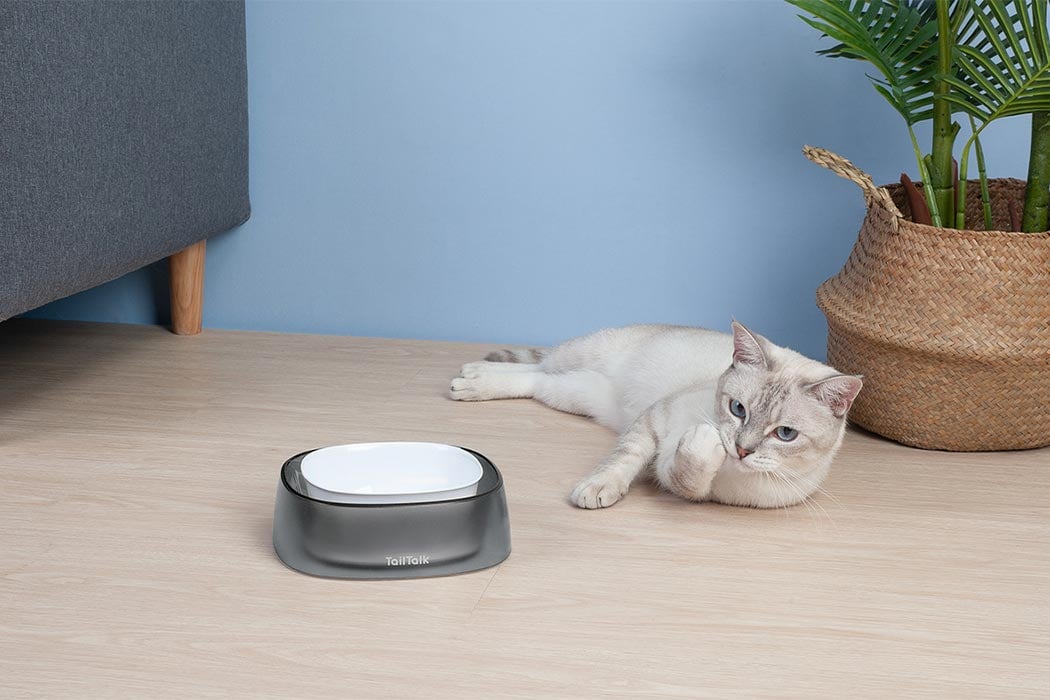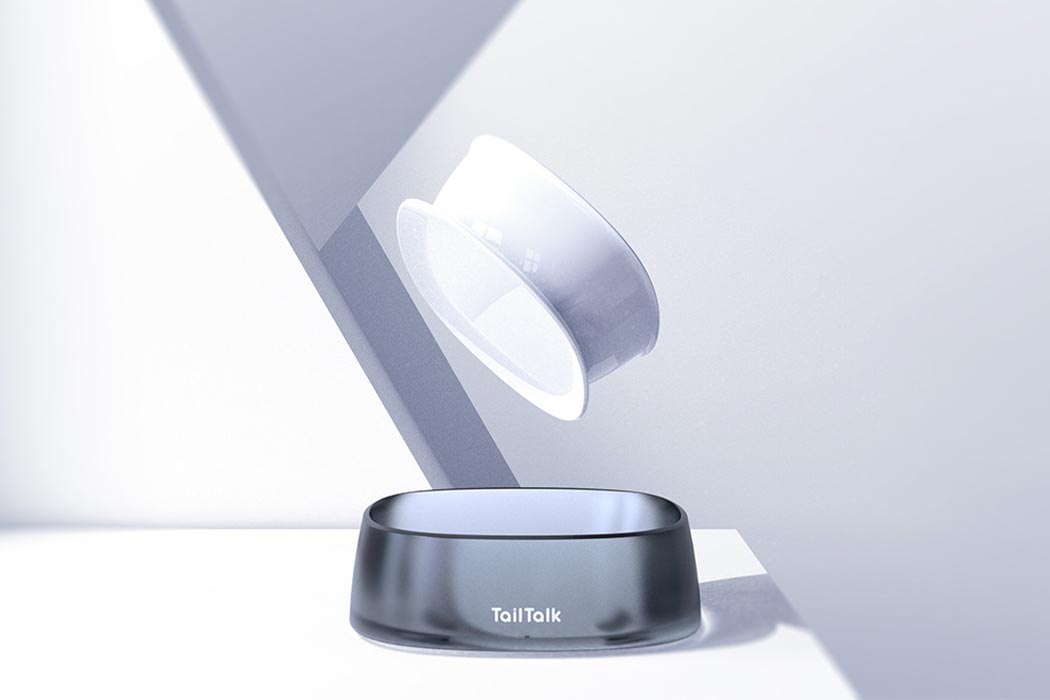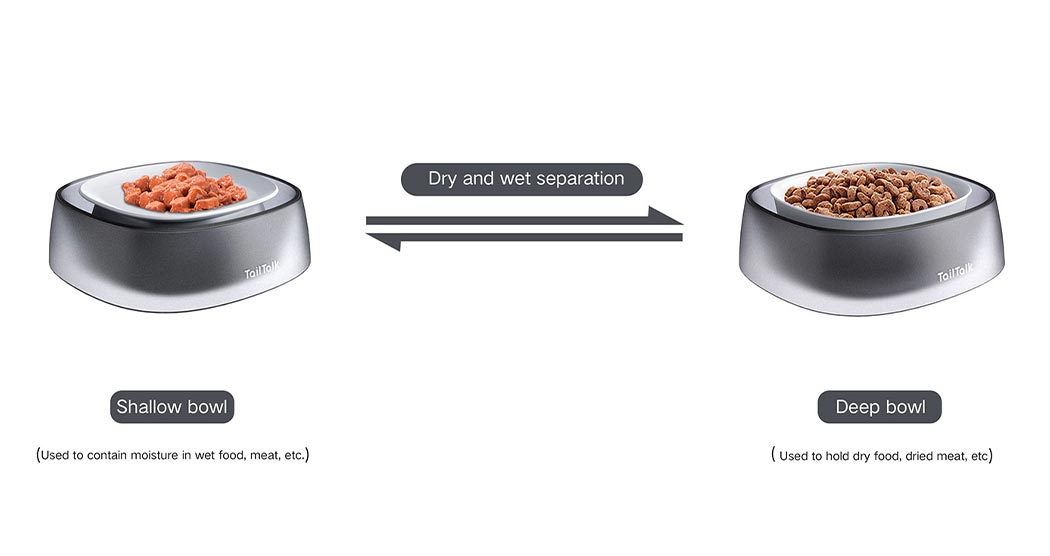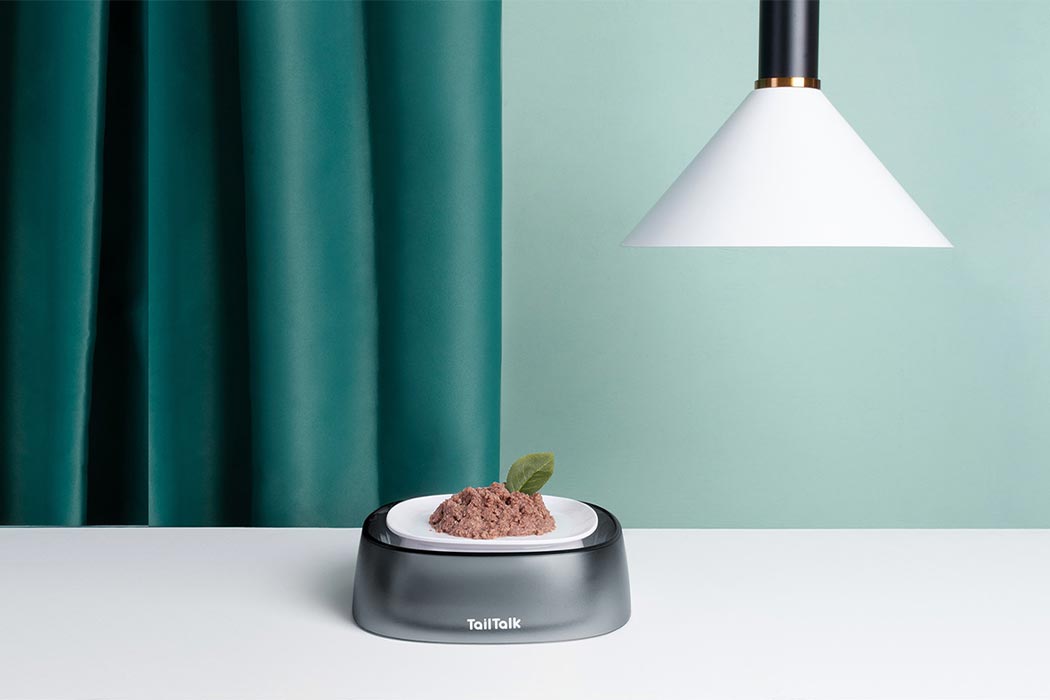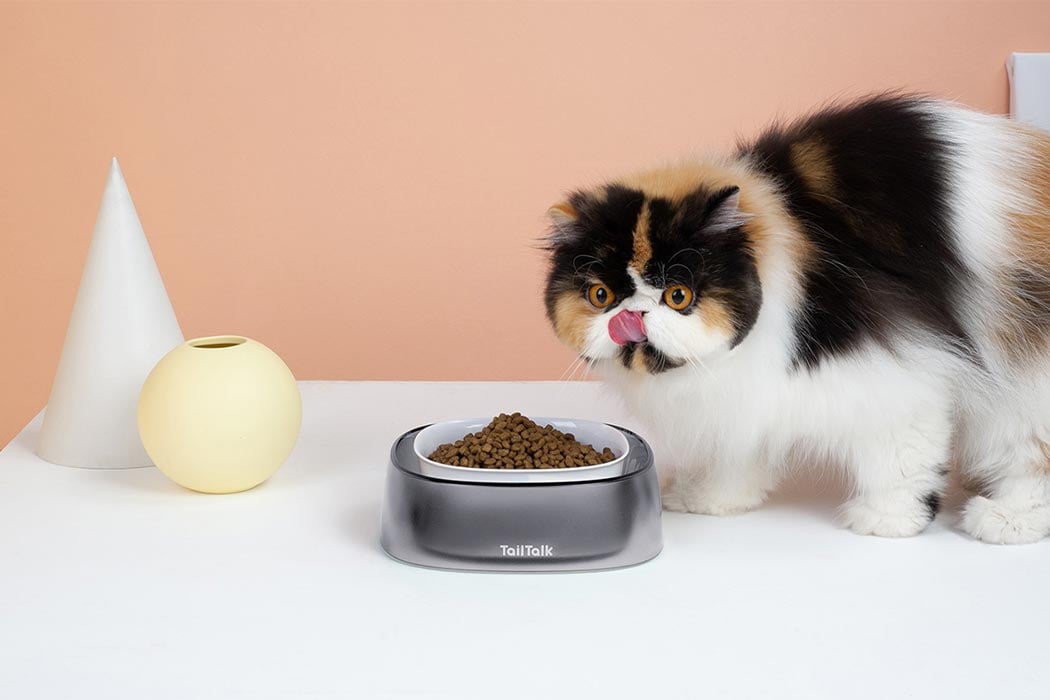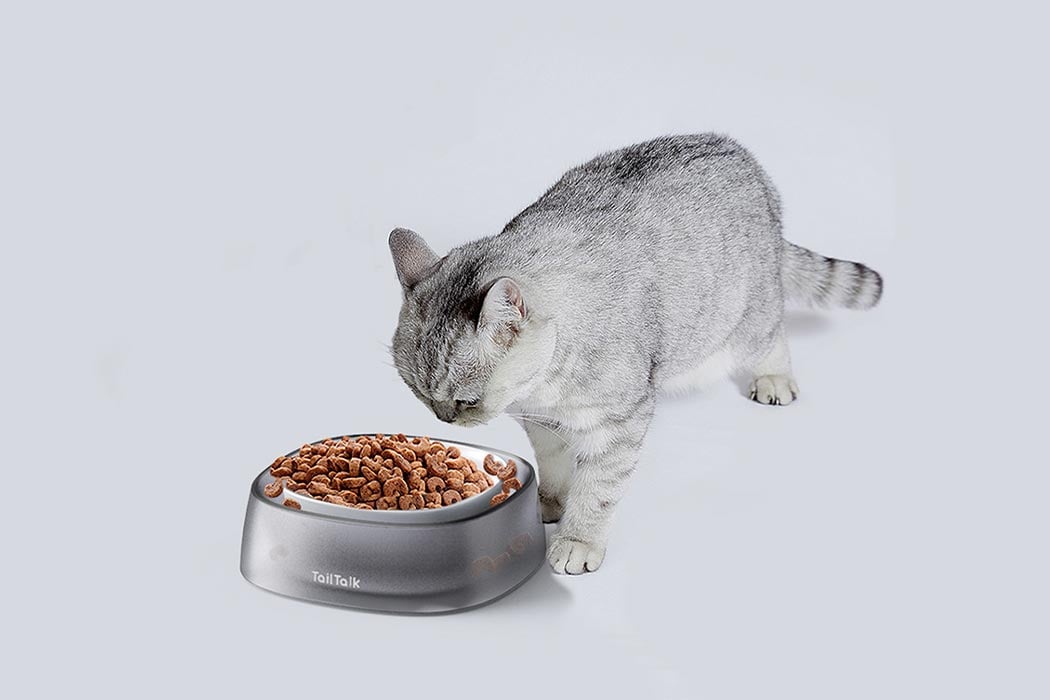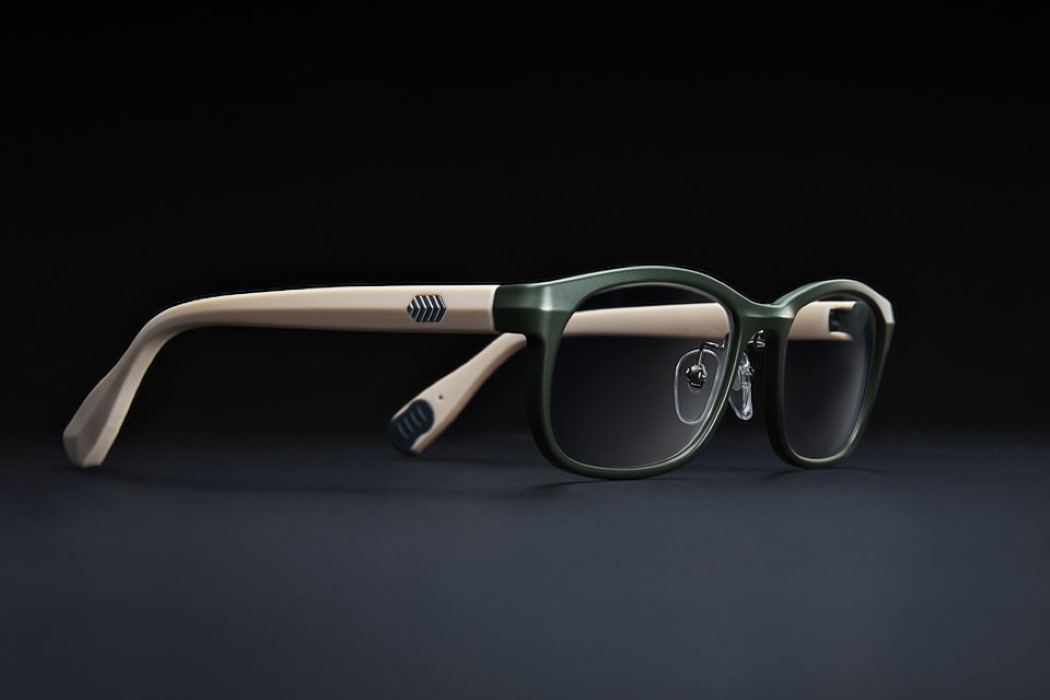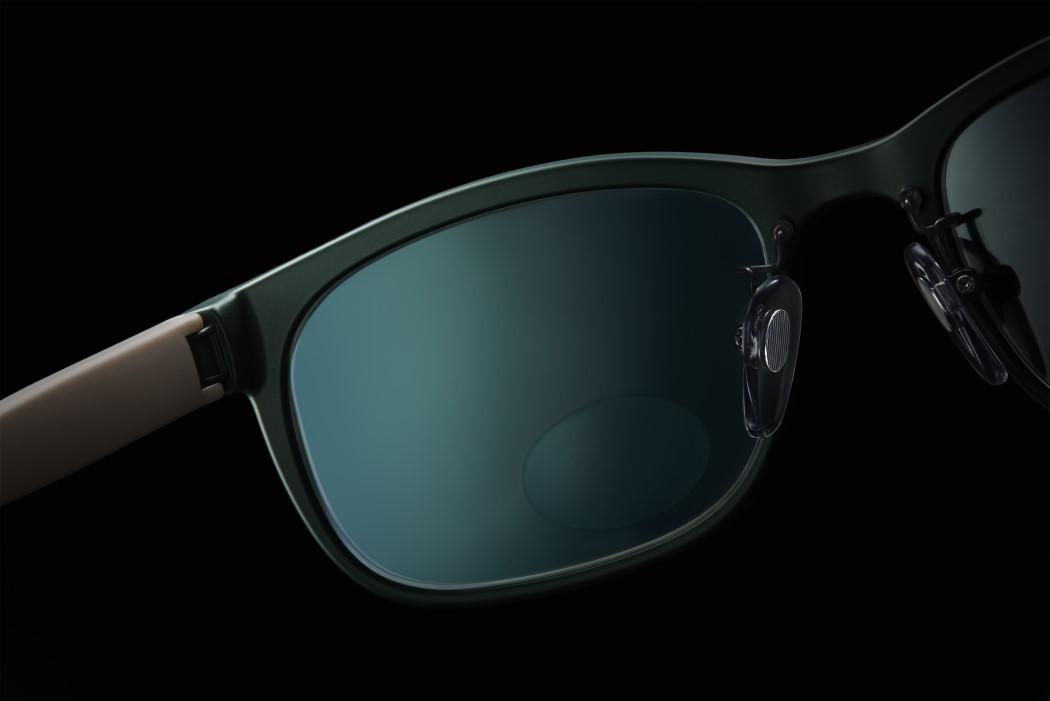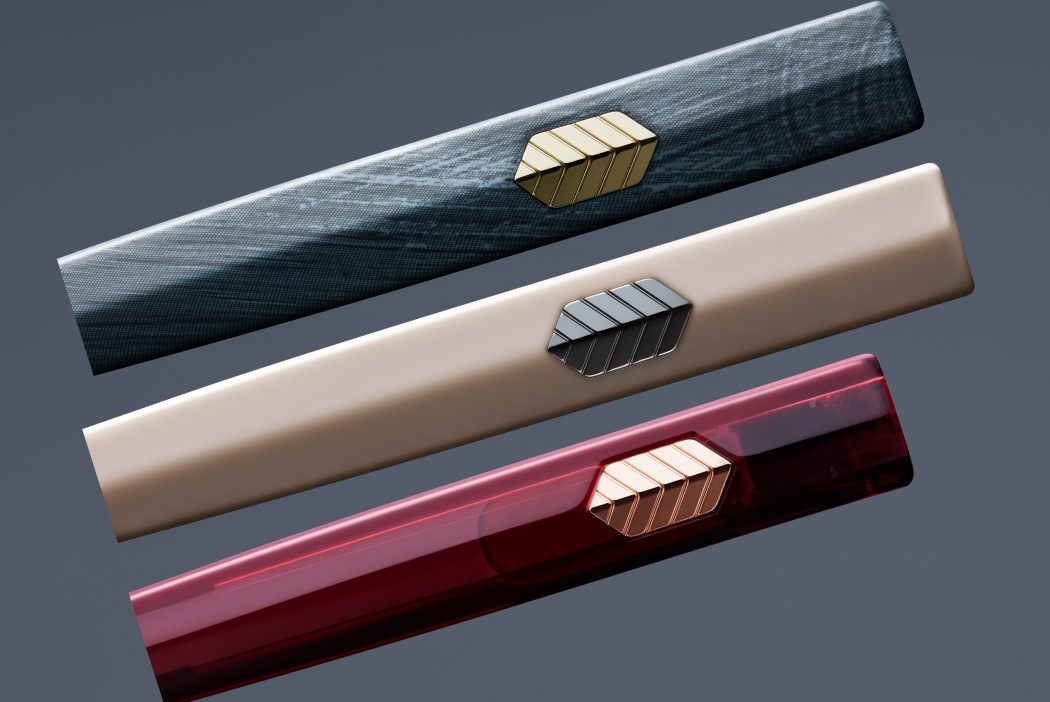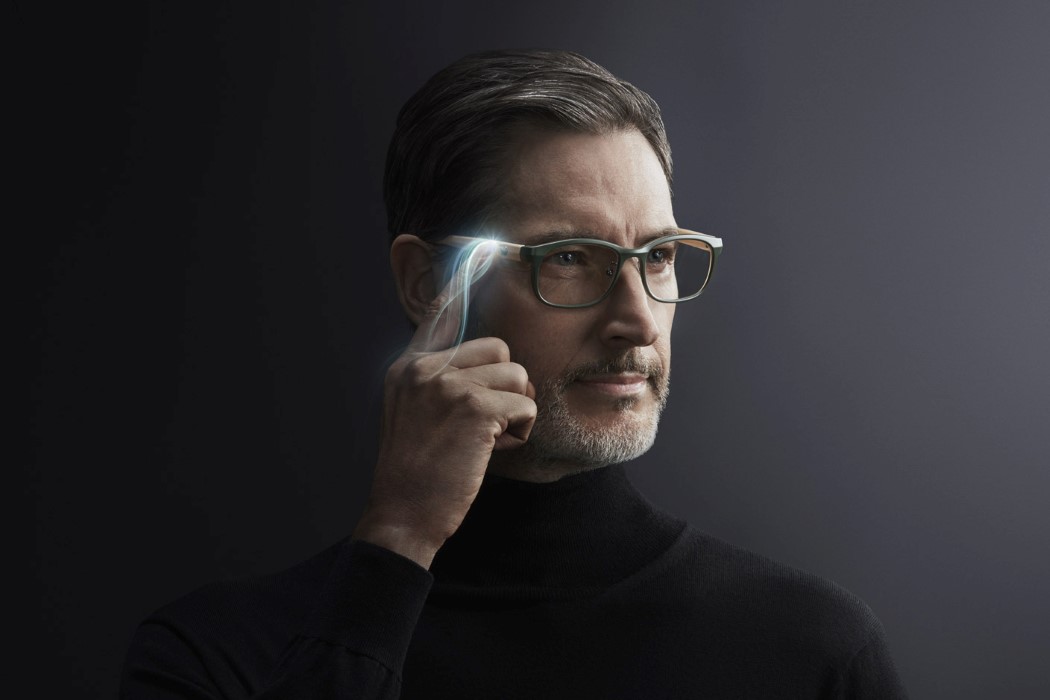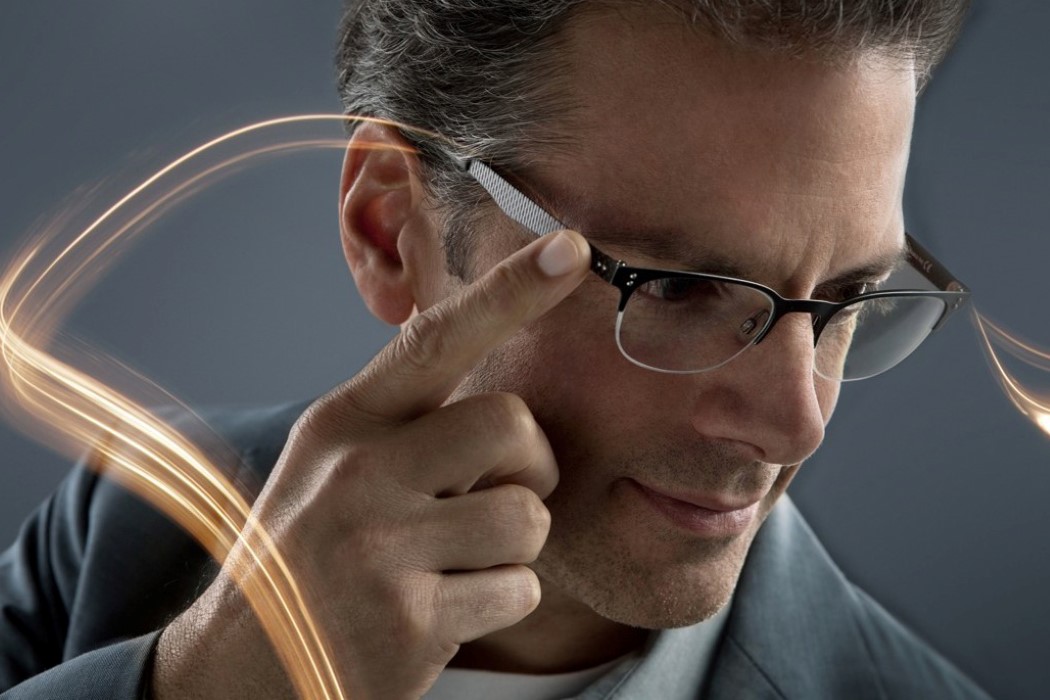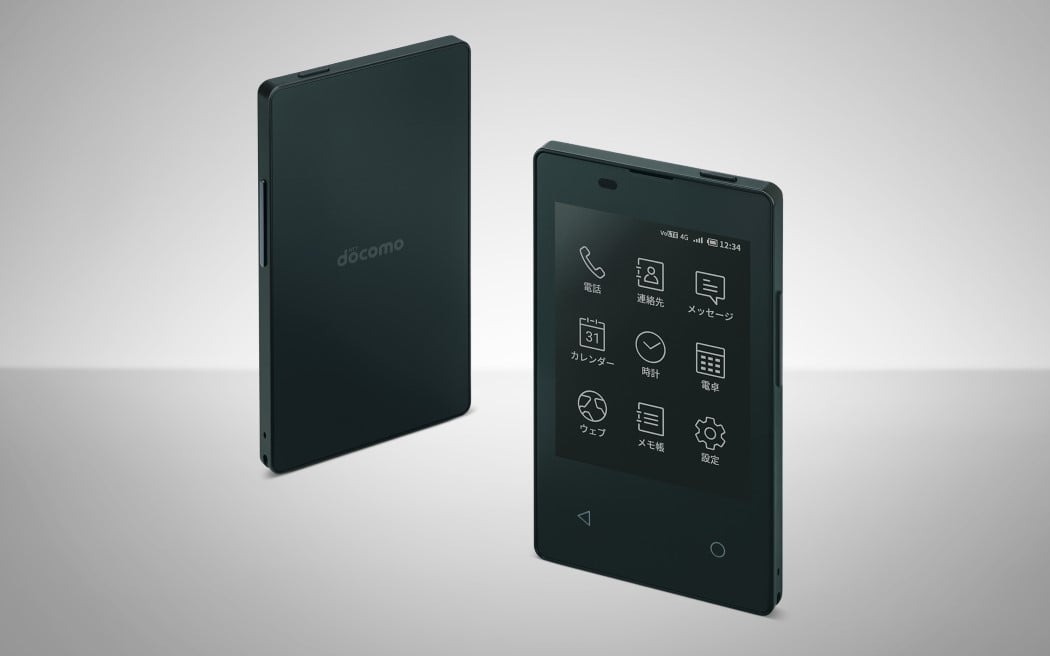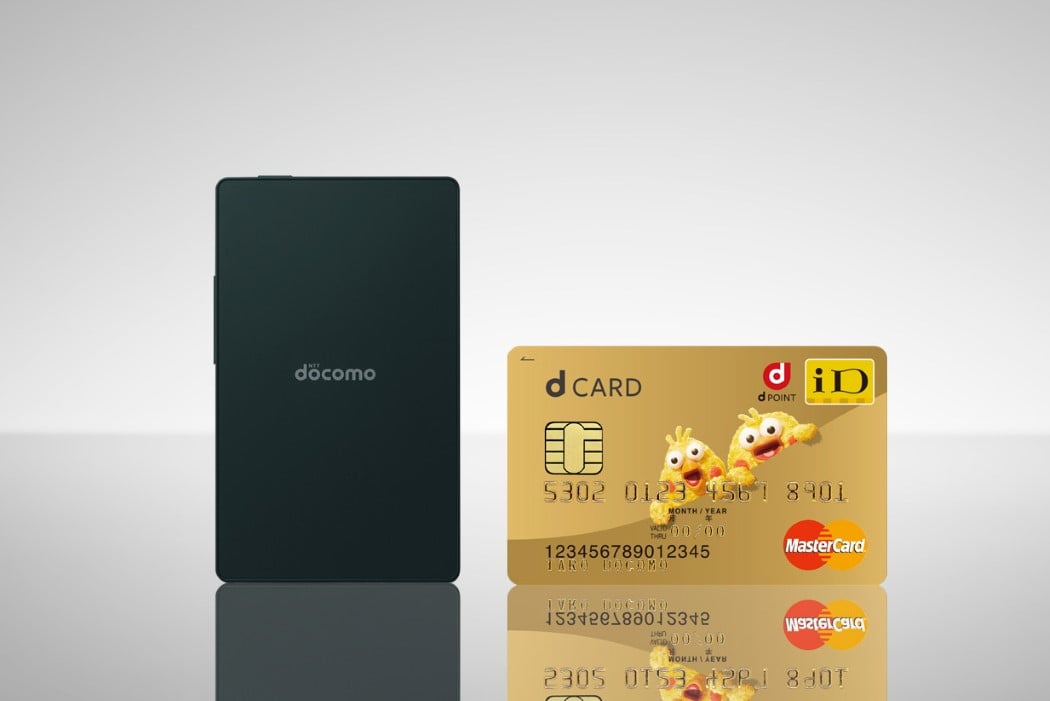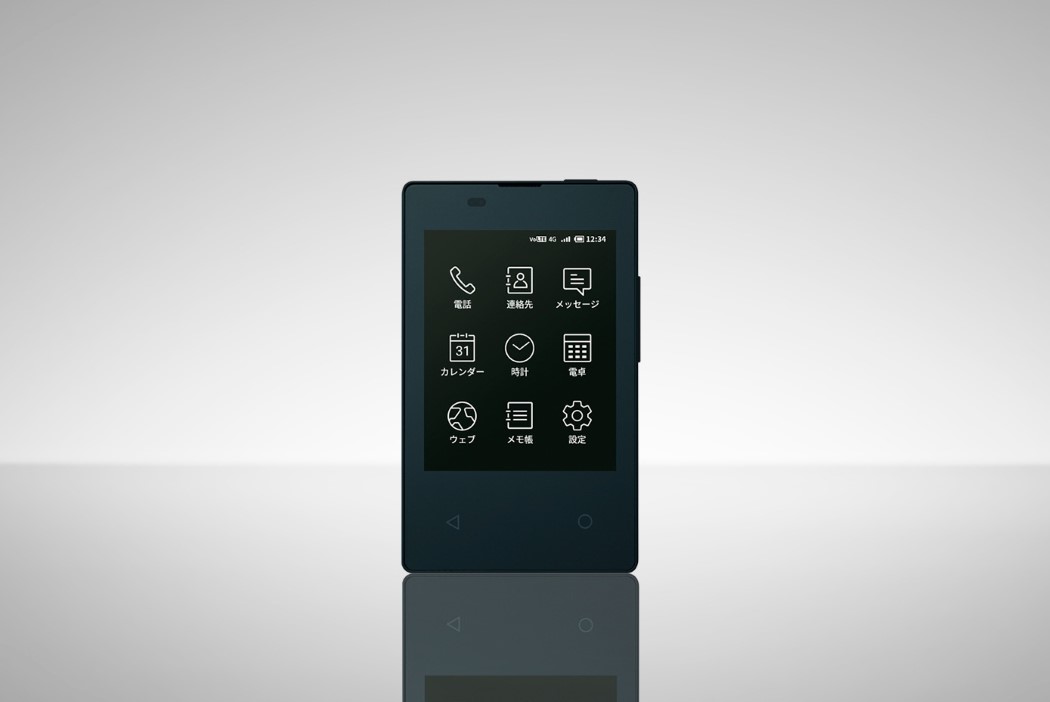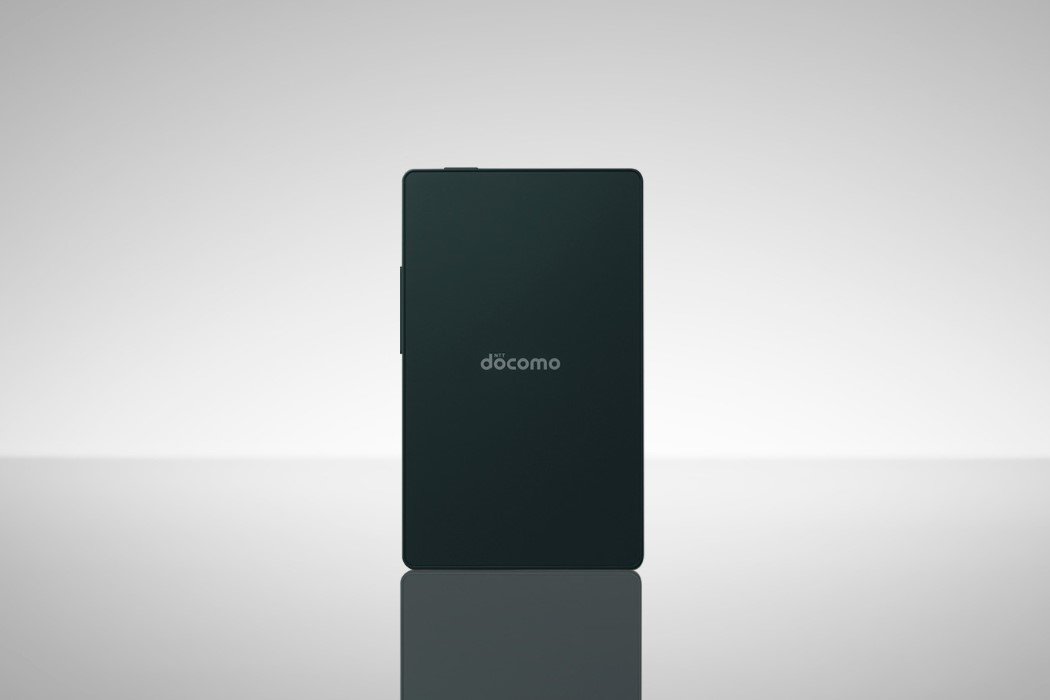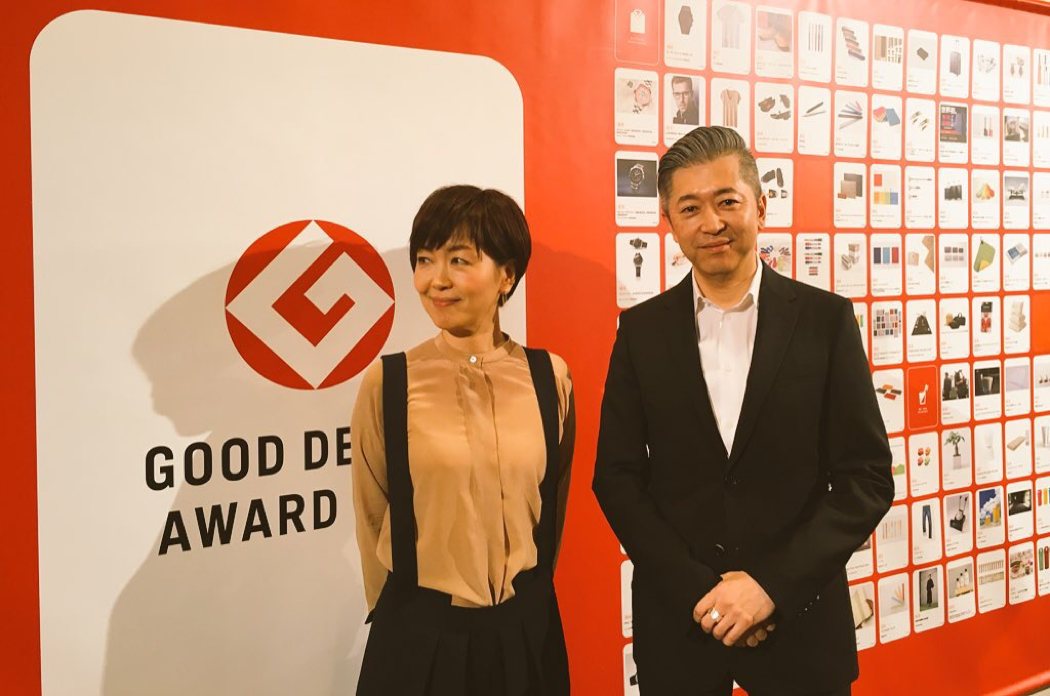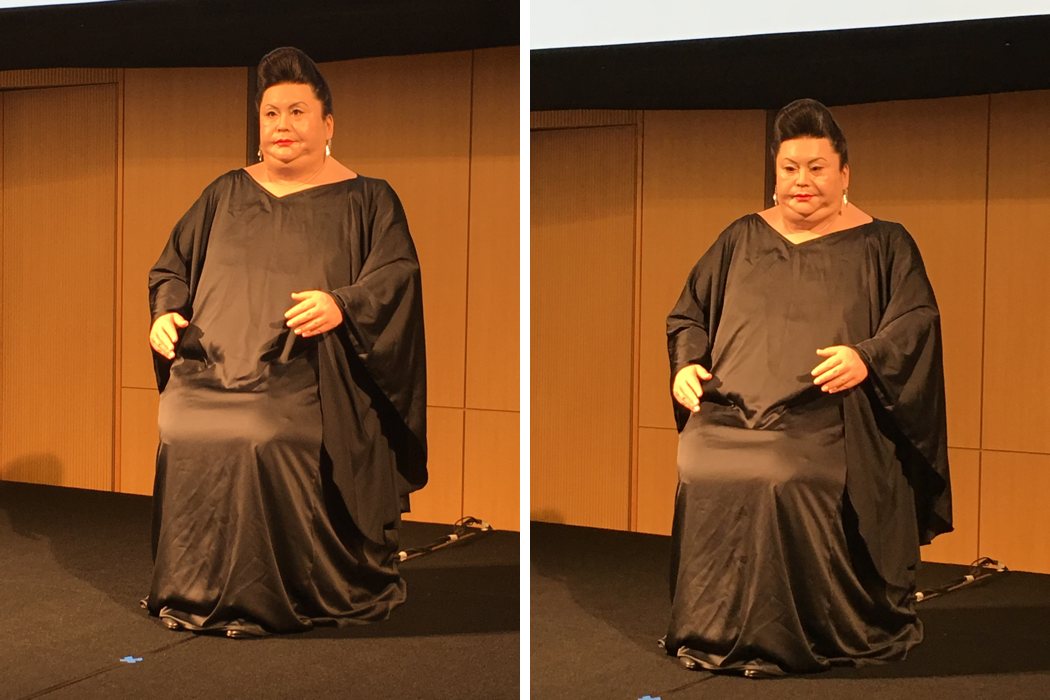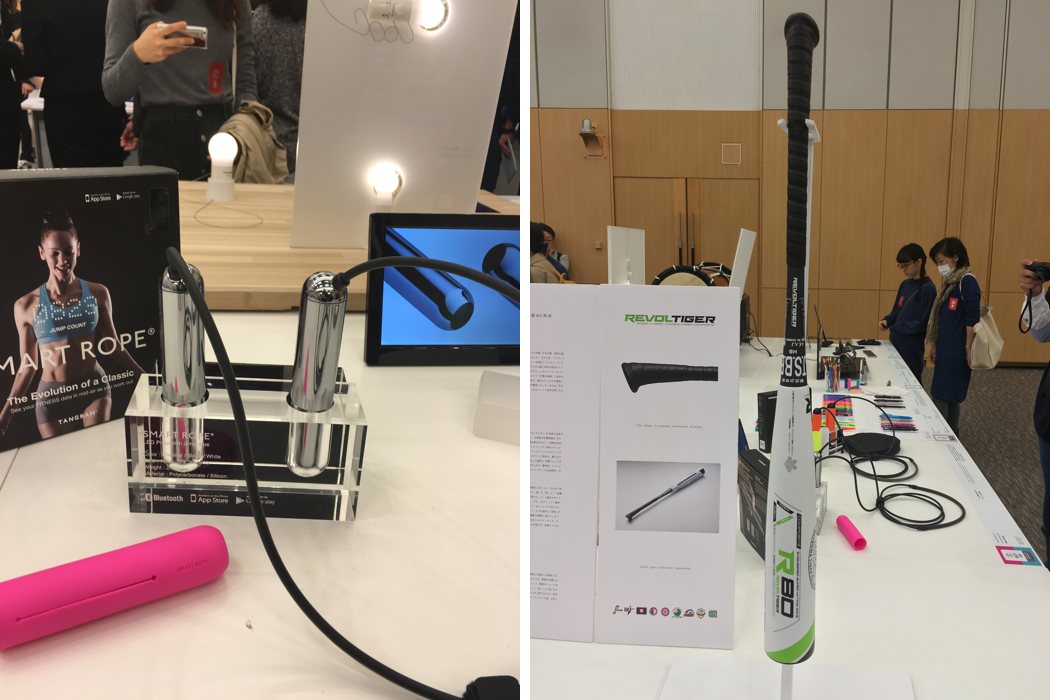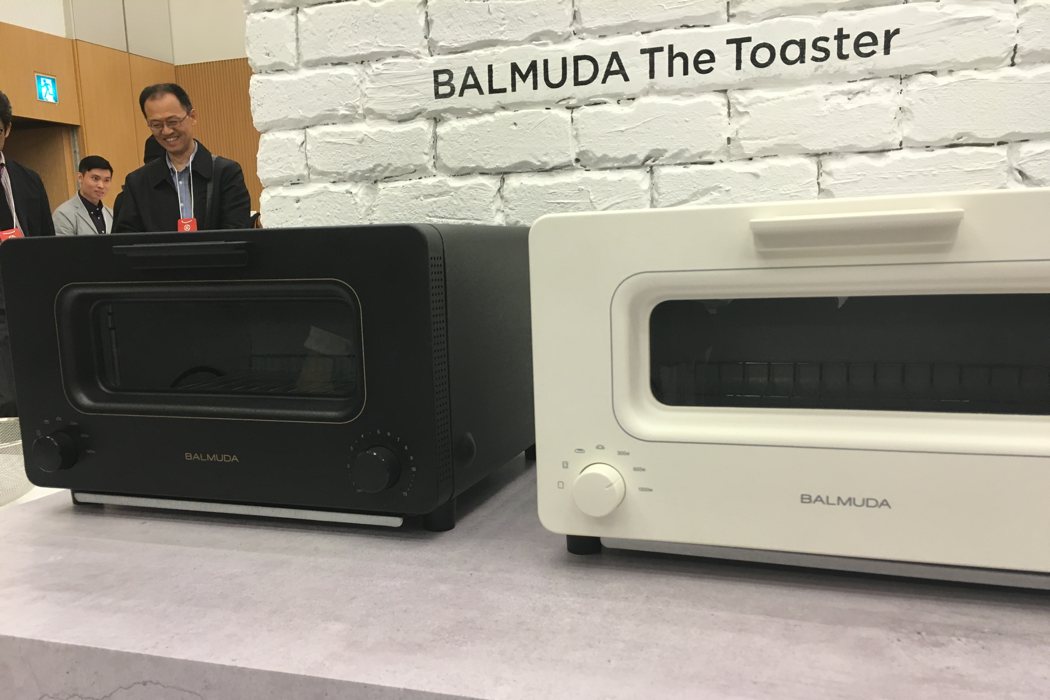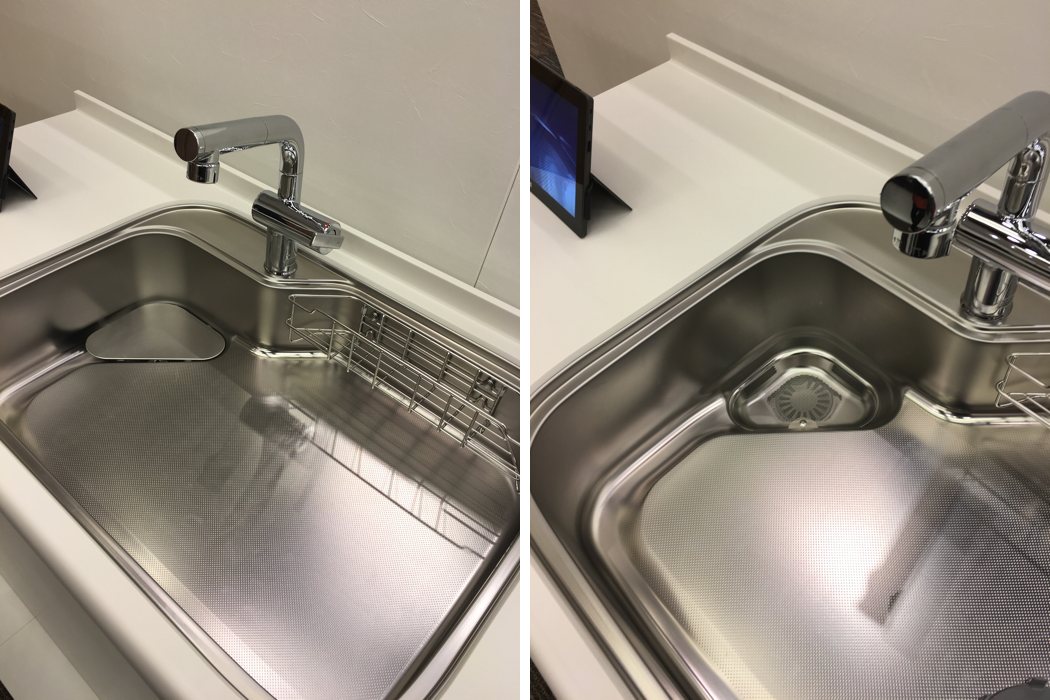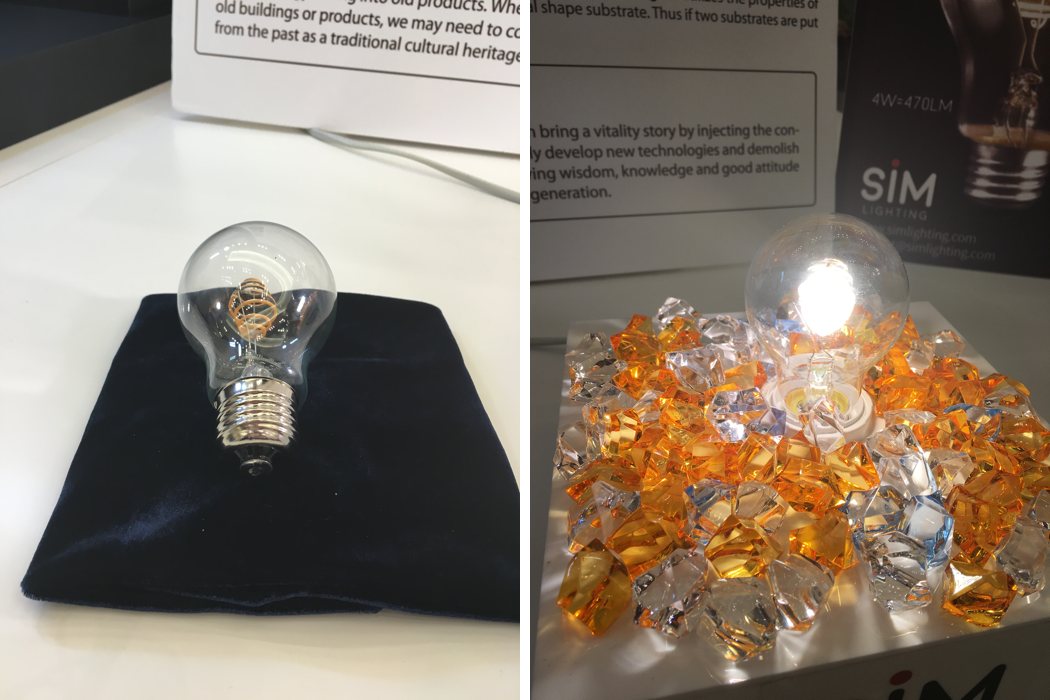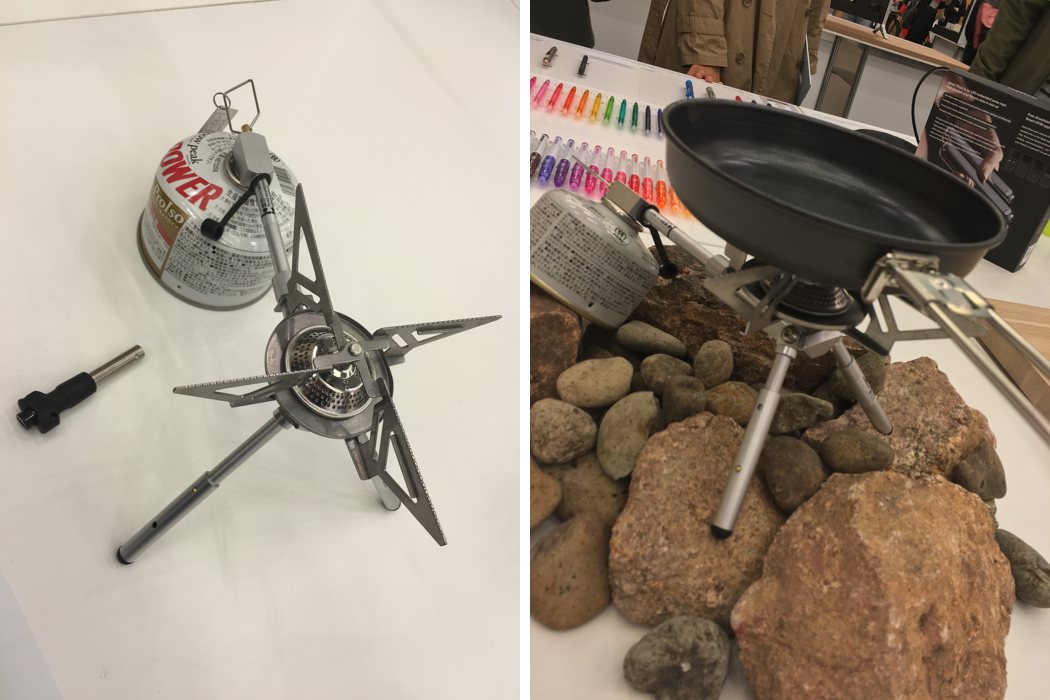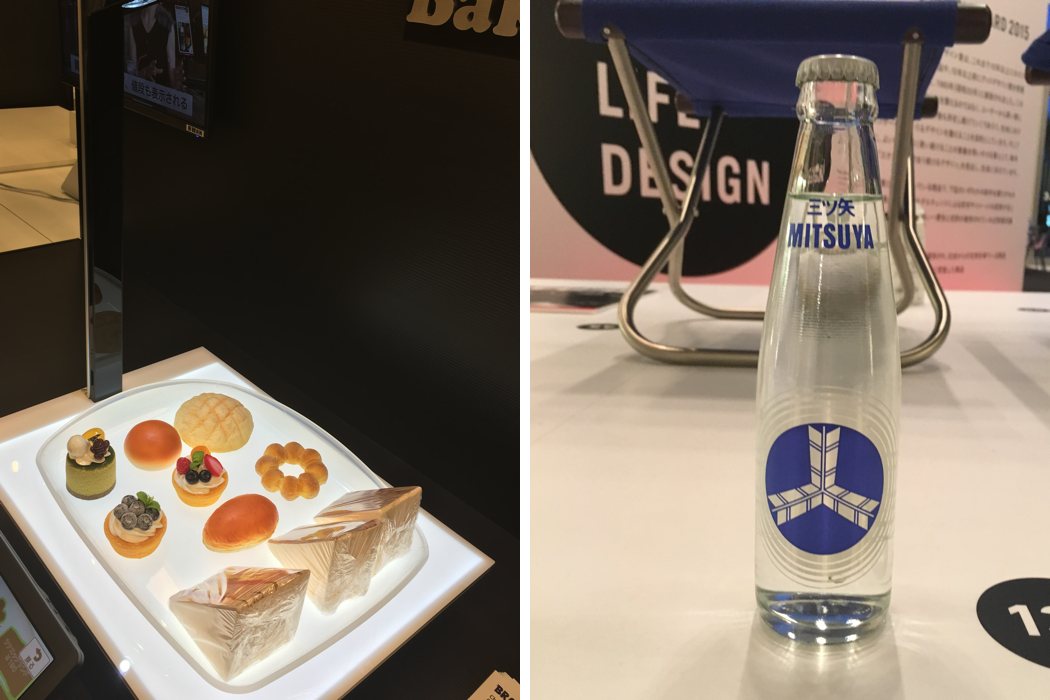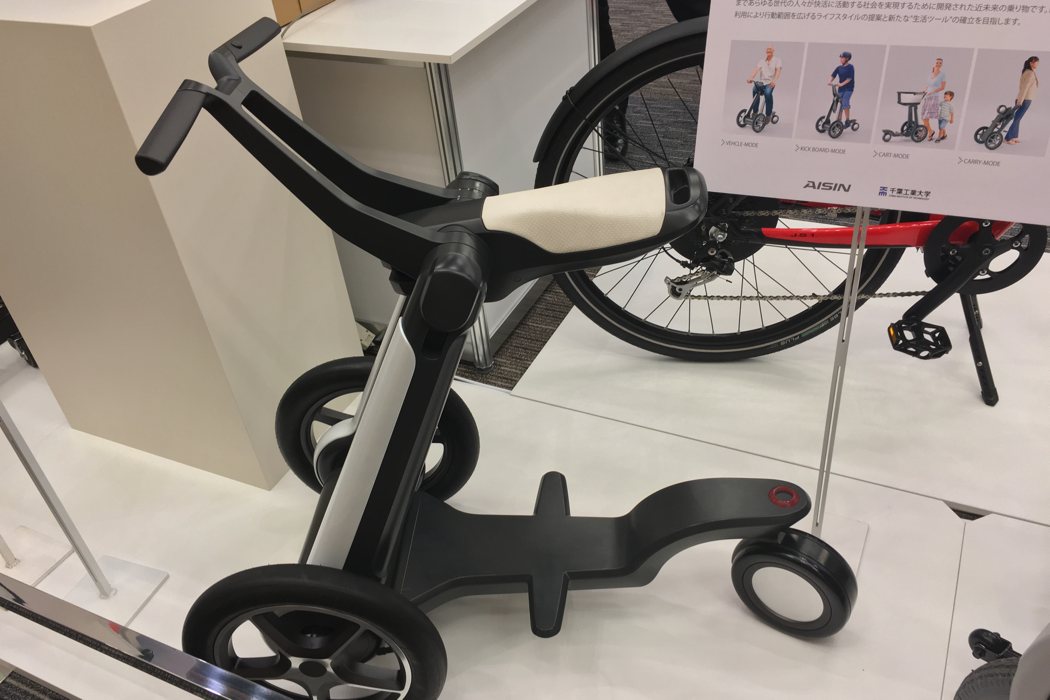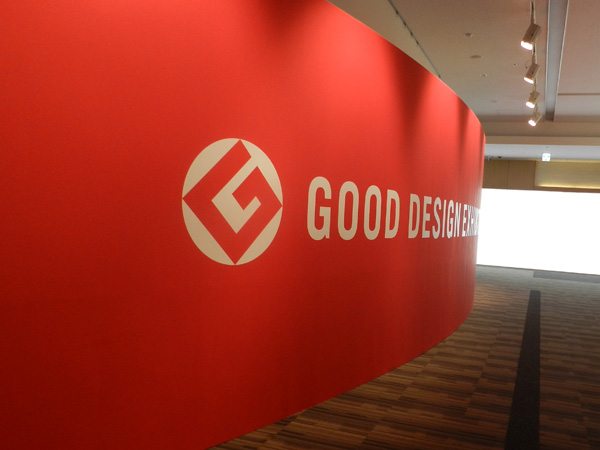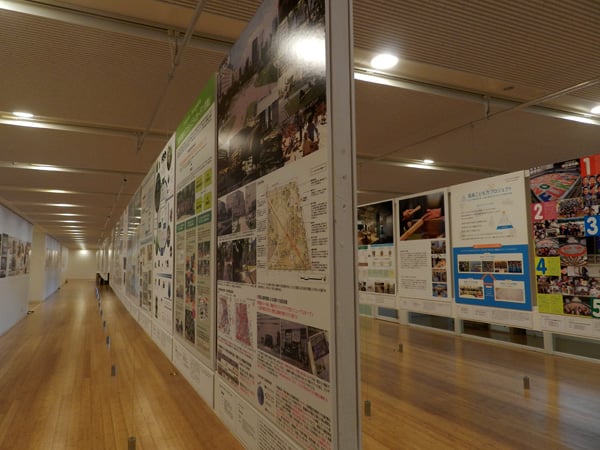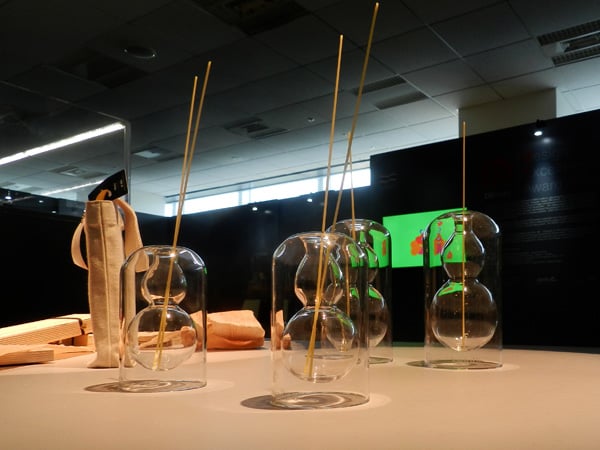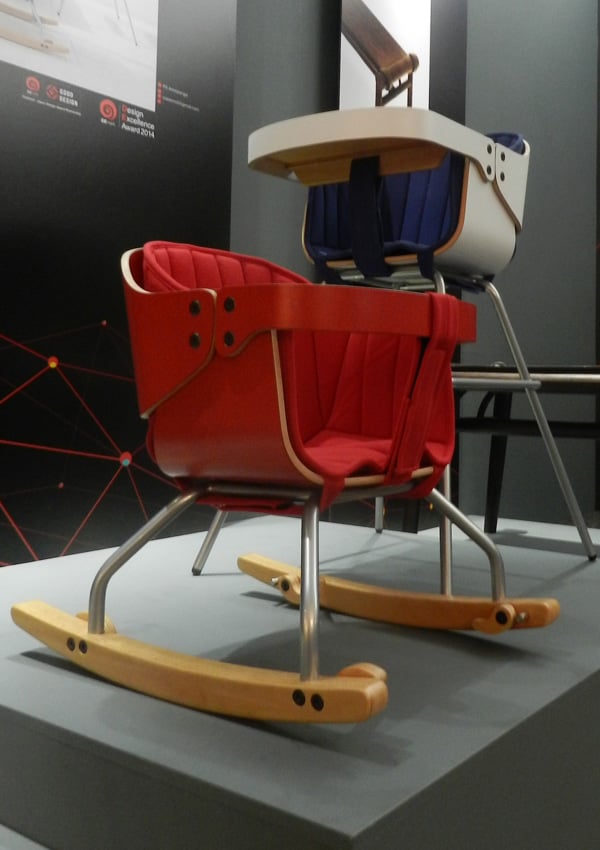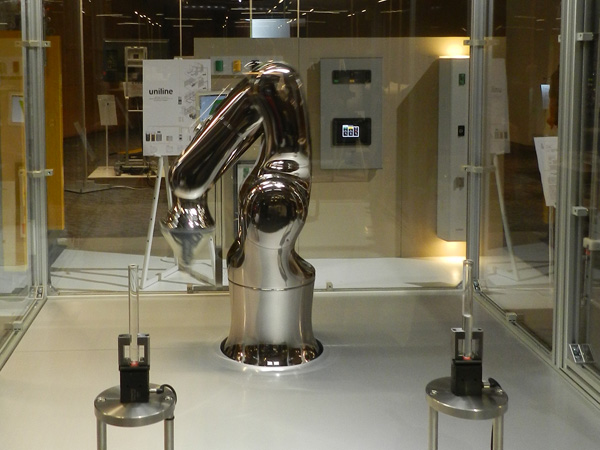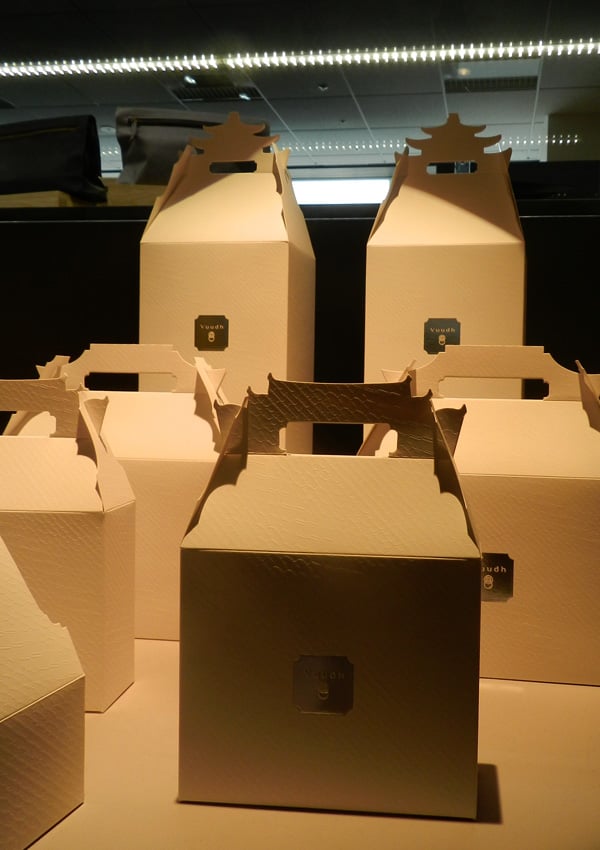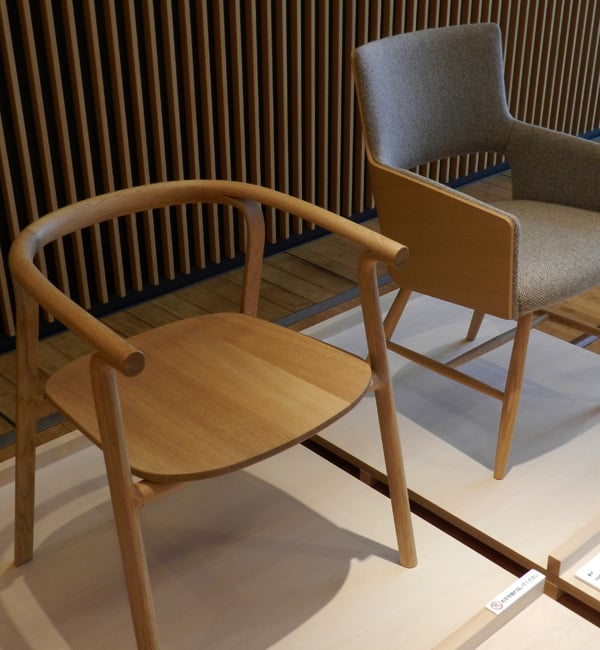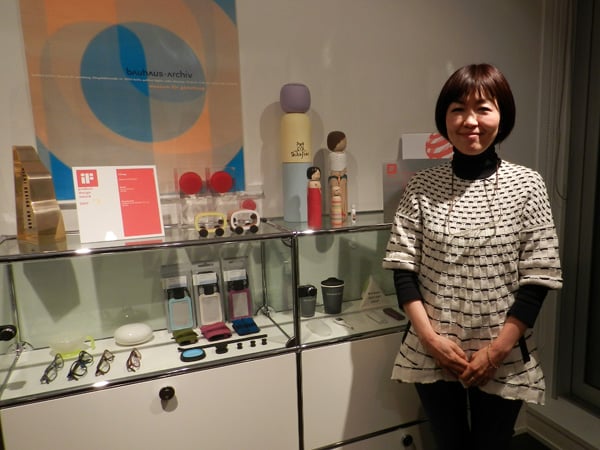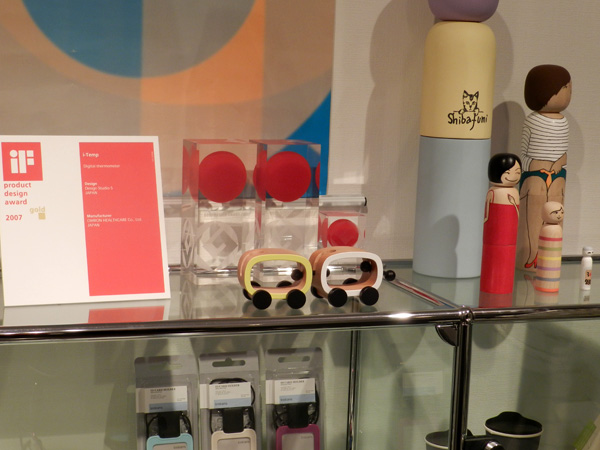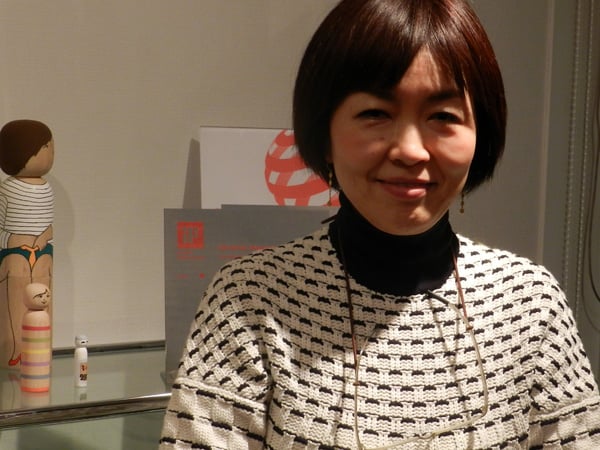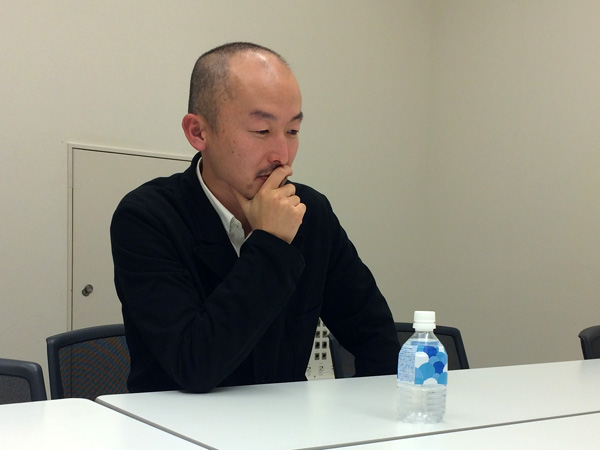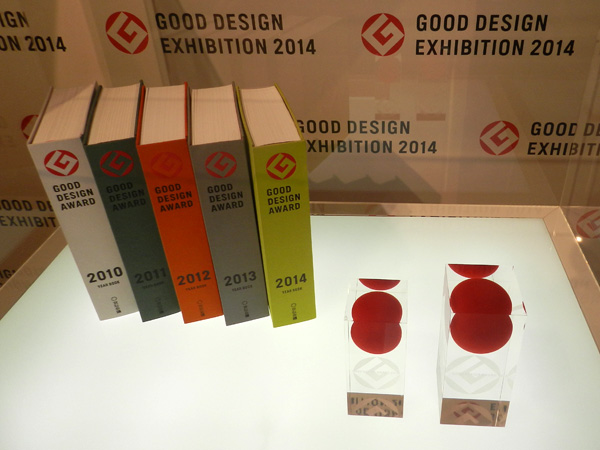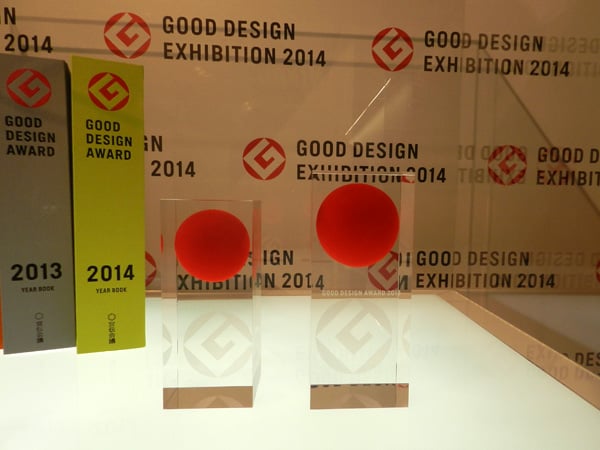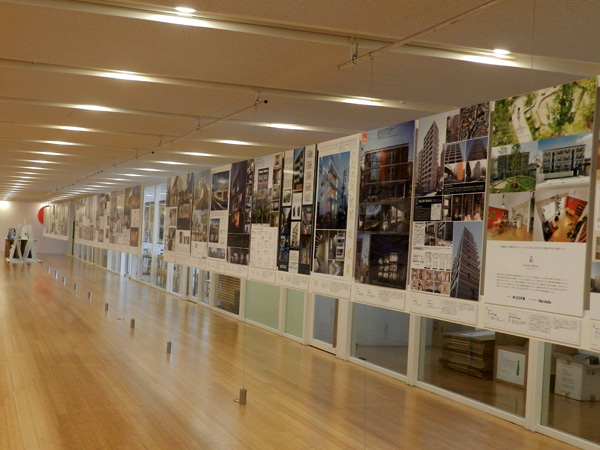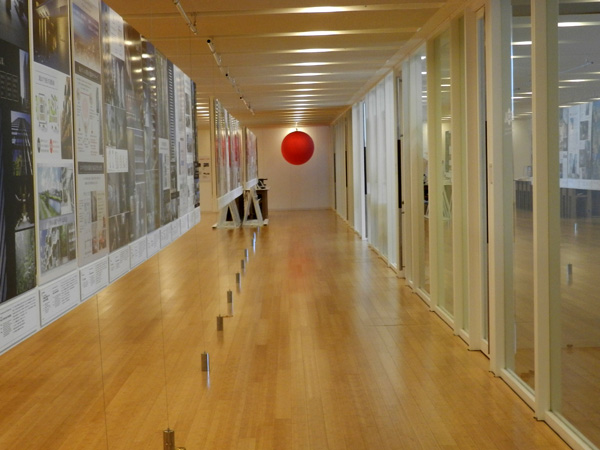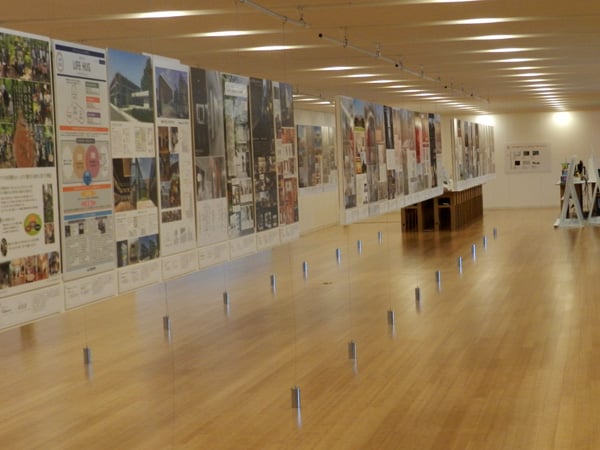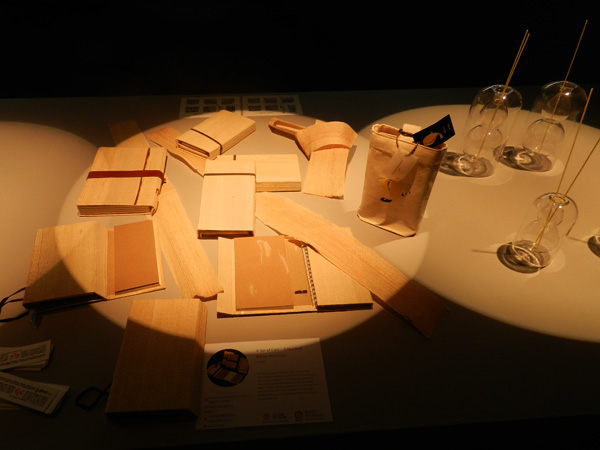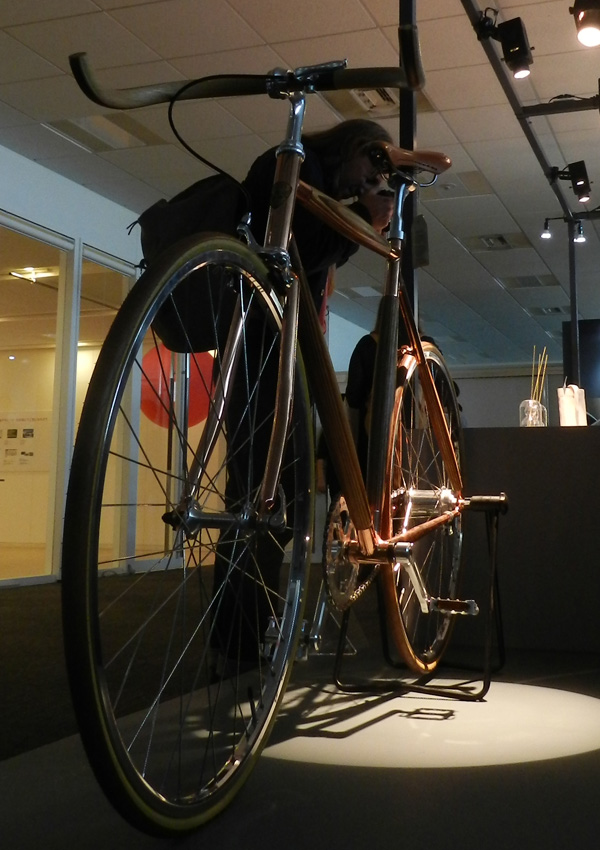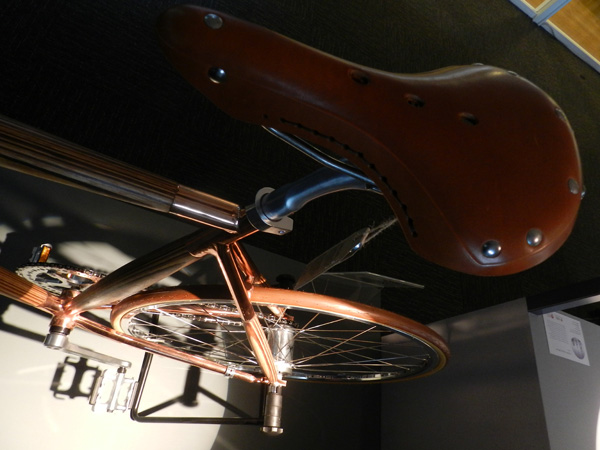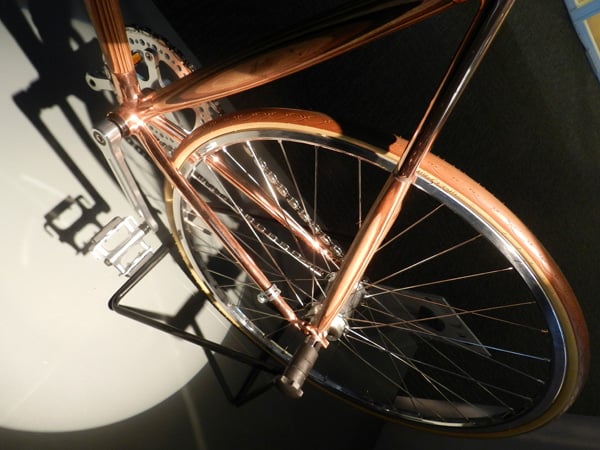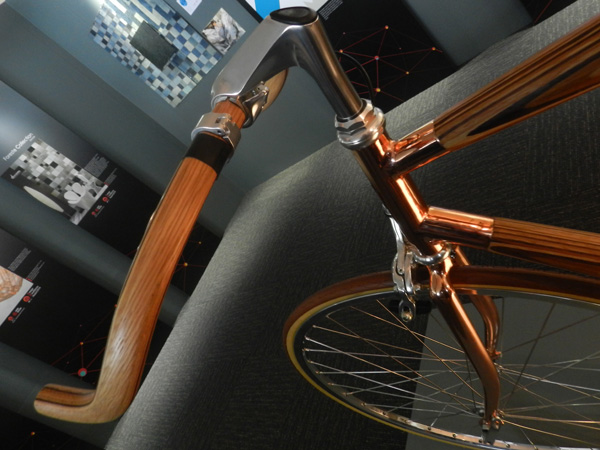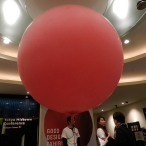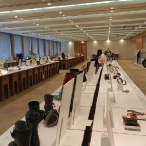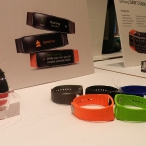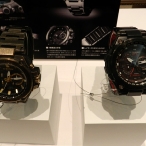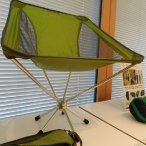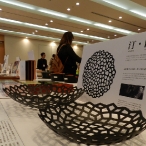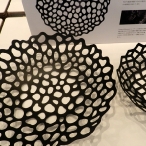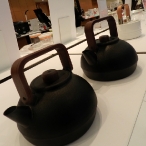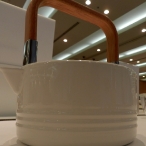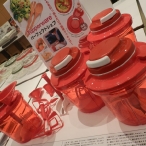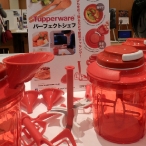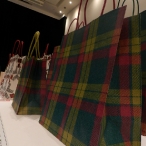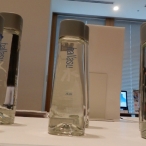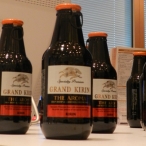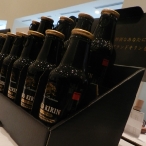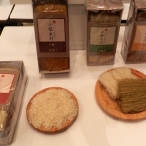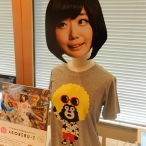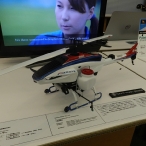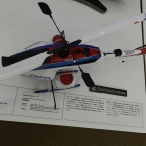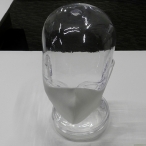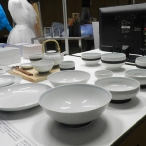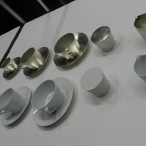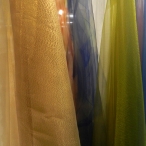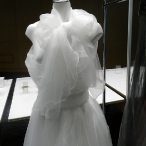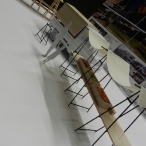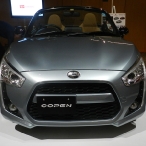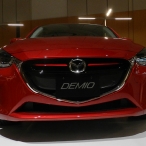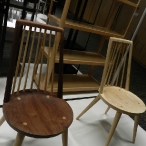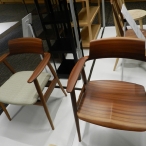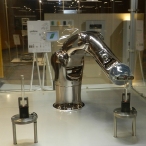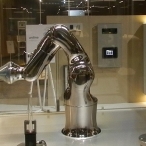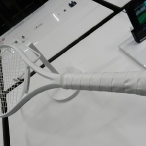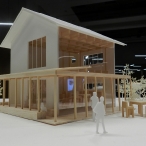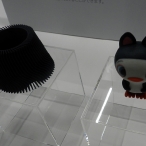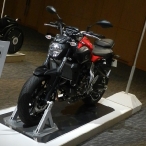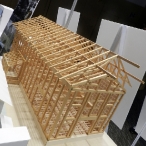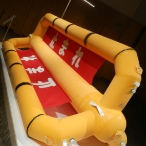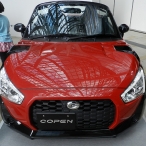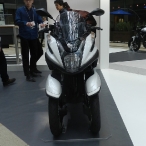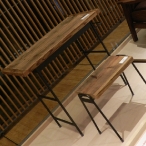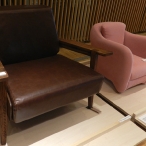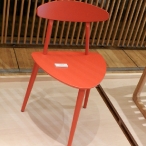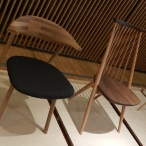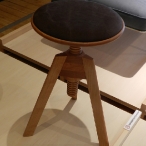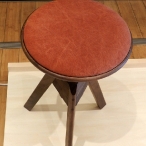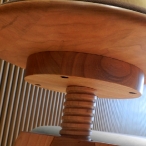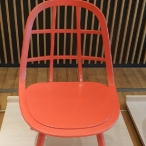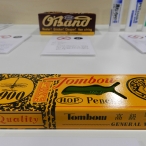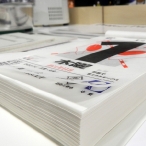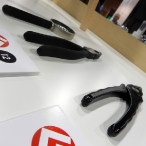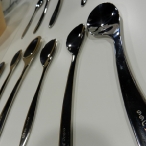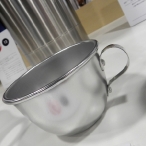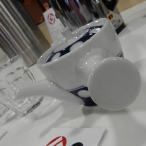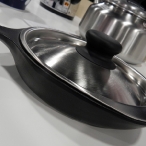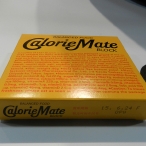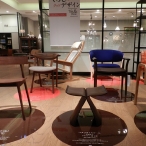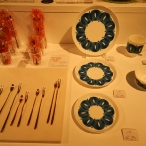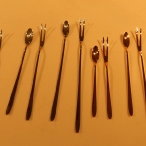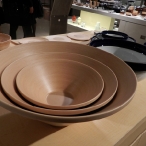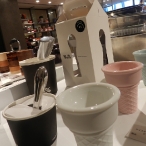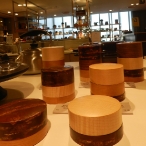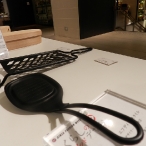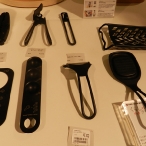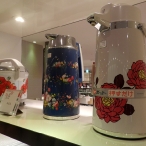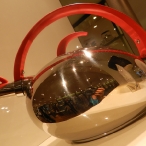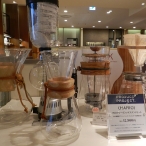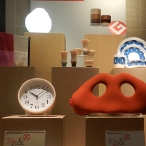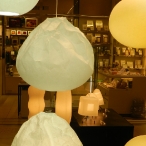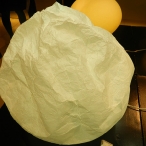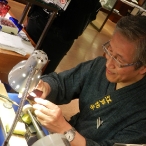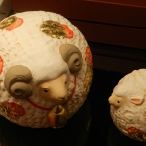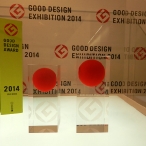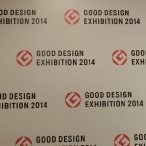Established in 1957, the Good Design Award, also known as the G Mark, has served as a beacon of excellence, shining a spotlight on outstanding designs that push boundaries, enhance daily life, and contribute to the betterment of society for over 6 decades. From industrial products and architecture to communication design and digital media, this illustrious award covers a wide spectrum of design categories.
Winning the Good Design Award is highly regarded and can significantly boost the reputation and marketability of a product or design. The recipients are granted the right to display the ‘G Mark’ logo on their winning products, indicating their commitment to quality and design excellence.
The selection process for the Good Design Award is rigorous and involves a panel of experts from various design fields. They evaluate entries based on criteria such as innovation, functionality, aesthetics, environmental impact, and user experience. The award is not limited to Japanese companies or designers; it is open to international submissions as well.
The Award revealed its 5 finalists, of which one of them was crowned the ‘Good Design Grand Award’ winner (Long House Senior Daycare Center by ALL FOR ONE Co., Ltd.). In addition to the main award, the Good Design Best 100 and Good Design Long Life Design awards are also presented. The Best 100 recognizes the top 100 designs of the year, while the Long Life Design Award honors products that have maintained their high design quality over an extended period. Scroll below to see the Top 5 Finalists for the 2023 Good Design Award.
Click Here to View the Good Design Best 100 winners for the year 2023
Long House Senior Daycare Center by ALL FOR ONE Co., Ltd. (Grand Award Winner)
This welfare facility is specifically created to cater to the needs of the elderly. Its design draws inspiration from the traditional Japanese porch known as “Engawa,” which encourages locals to visit in a relaxed and informal manner. Moreover, it serves as a community hub for welfare, fostering a sense of togetherness among the elderly, children, and local residents, who can rely on each other for support during challenging times. The town-like architecture of the center emphasizes a state of independence, allowing the occupants to be more inclined to help each other and live out their lives rather than relying on a ‘system’… however, bathing, toileting, and eating are provided as routine services. The community fosters a spirit of humanity within it, relying on altruistic acts of kindness that help it be a model society for its occupants. People are encouraged to visit their family, help out with their daily lives, while children are taught the importance of servitude by being encouraged to help perform duties like watering the garden.
Panasonic Lamdash PALM Electric Shaver by Panasonic Corporation
It’s common for grooming devices to have a hyper-ergonomic design. Look at razor handles or the shape of beard trimmers, for starters. The truth is this isn’t purely ergonomics, it’s also something called a ‘category code’. People are more likely to recognize a product by its shape, so if all beard trimmers have the same overall design, they’re clubbed into the same category, making it more effortless for users to understand and buy. The Panasonic Lamdash PALM, on the other hand, goes a different route. Inspired by the grippy design of a well-rounded pebble, this compact shaver is interesting to look at while also being reliable to hold onto and maneuver across your jaw. The five-blade linear motor shaver sports a hyper-compact design that lets it cut down on large, unnecessary parts, helping save materials by as much as 30% and lower the shaver’s overall production impact without sacrificing function. This hyper-compact design also makes it perfect for traveling with!
Prius Passenger Vehicle by Toyota Motor Corporation
The Prius remains an absolute icon in its impact on the transportation industry as well as pop culture for how rapidly popular and ubiquitous it became with hybrid cars. However, as more and more cars are switching to alternate powertrains like hybrids and EVs, the Prius is finding itself competing against many more companies. Faced with this challenge, Toyota decided to design the newer models of the Prius keeping two things in mind – “A design inspiring love at first sight” and a “captivating driving performance” that doesn’t just focus on environmental impact, it focuses on the thrill of being behind the wheel too. Conceptually referred to by Toyota as “Hybrid Reborn”, the new Prius focuses on an exterior that resonates with modern sensibilities, evoking the feeling of love at first sight, and an interior that combines a functional layout with an emphasis on operability and extensive safety equipment in a space with a high-quality feel.
NHK Citizen Lab Social Platform by NHK (Japan Broadcasting Corporation)
Designed as a response to the pandemic, the NHK Citizen Lab hopes to build a new information platform that connects researchers and the public to facilitate citizen science activities that yield discoveries through collective knowledge. With the spread of smartphones and other devices, data such as photos and videos can be easily sent anytime and from anywhere, creating a haven of consumer-driven data that can be analyzed for the betterment of humanity. Meanwhile, there are many researchers who are unable to conduct large-scale studies because they are unable to secure sufficient research funds. The Citizen Lab, created by the Japan Broadcasting Corporation, helps create a bridge between these researchers and the public. “We devised a plan to create a win-win relationship by leveraging the dissemination, appeal, and reporting power of the public media NHK to convey researchers’ thoughts to citizens in an easy-to-understand manner,” says the team at NHK (Japan Broadcasting Corporation).
Kamiyama Marugoto College of Design, Engineering, and Entrepreneurship by
KAMIYAMA Educational Institute
The national and global spotlight is currently shining on “Technical Colleges” as a potential source of clues to address Japan’s pressing issues, including a declining birthrate and aging population, regional depopulation, economic stagnation known as the lost 30 years, and the frequent occurrence of severe disasters. Located in the Tokushima Prefecture, the Kamiyama Marugoto College of Design, Engineering, and Entrepreneurship’s vision is to establish a cutting-edge technical college in a beautiful natural setting, where students can develop specialized skills that combine the arts and sciences in technology, design, and entrepreneurship. Its unique approach allows students to pursue their education for a five-year period without the pressure of university entrance exams. “We firmly believe that by increasing the number of individuals in Japan who possess the ability to create and possess an entrepreneurial mindset, we can shape the future of our country,” says the College’s spokesperson. “Furthermore, we recognize the significance of progress, even if we ourselves and our organization are still a work in progress.”
Click Here to View the Good Design Best 100 winners for the year 2023
The post Good Design Award 2023 Crowns its ‘Grand Award Winner’ – Here are the Top 5 Finalists first appeared on Yanko Design.
